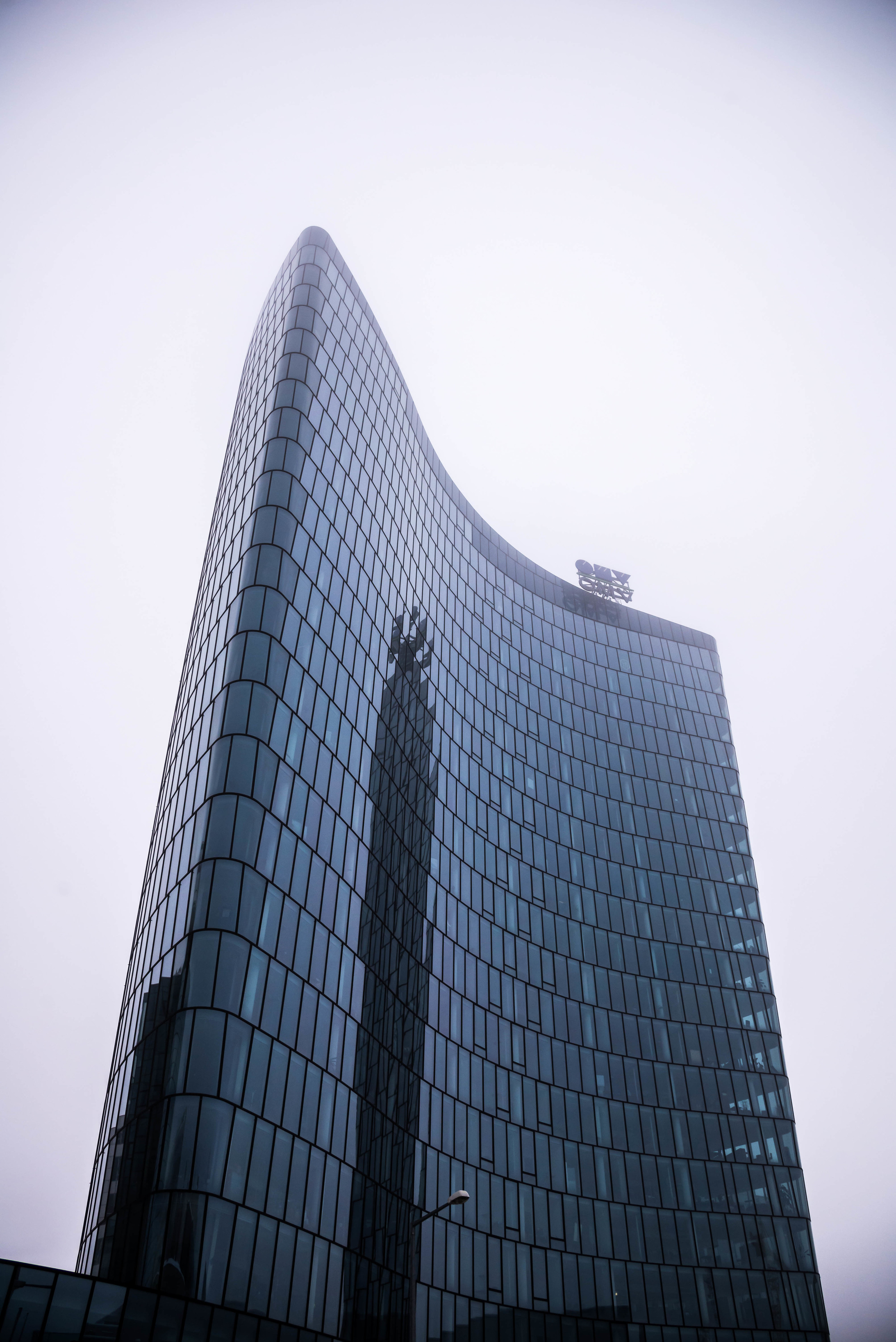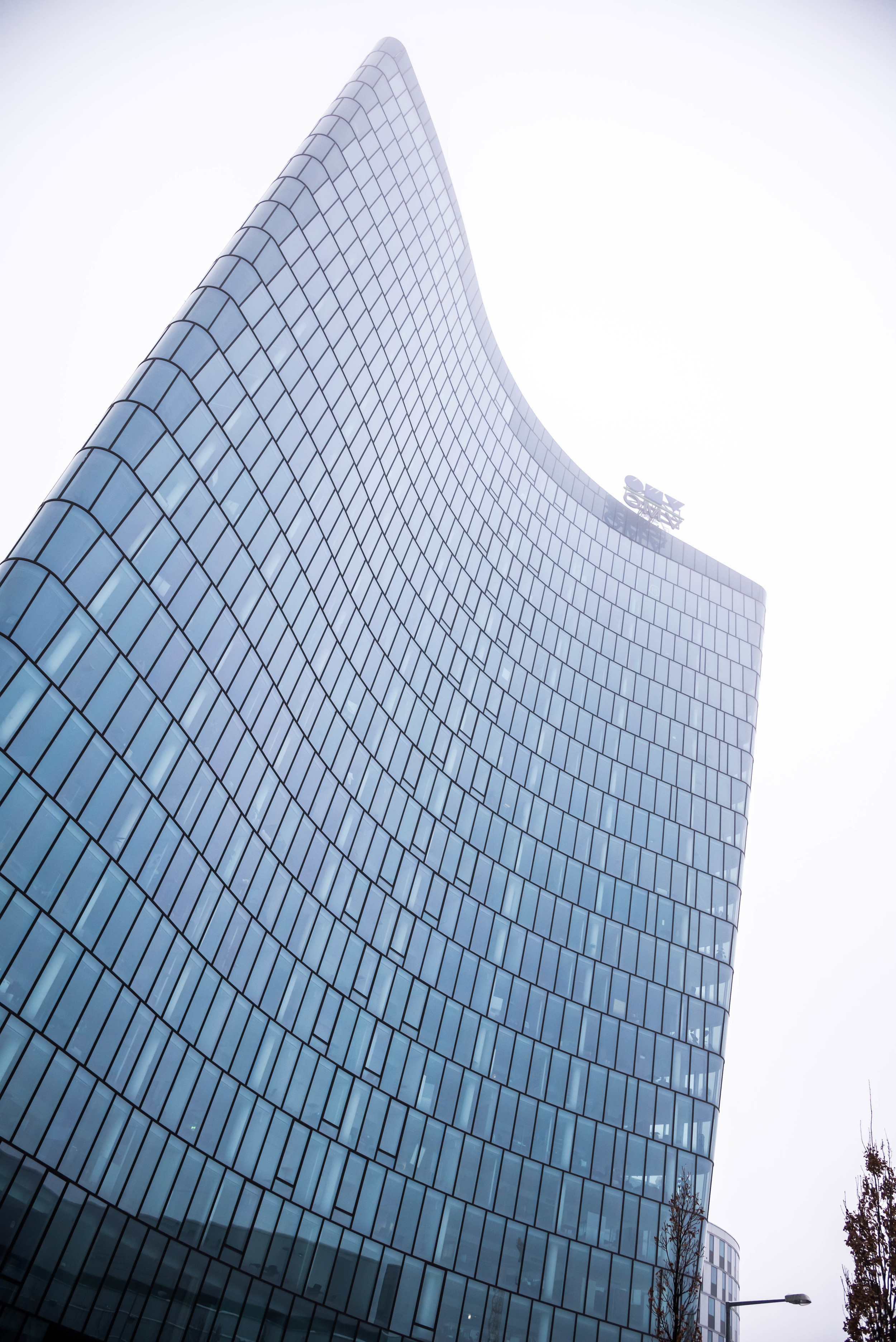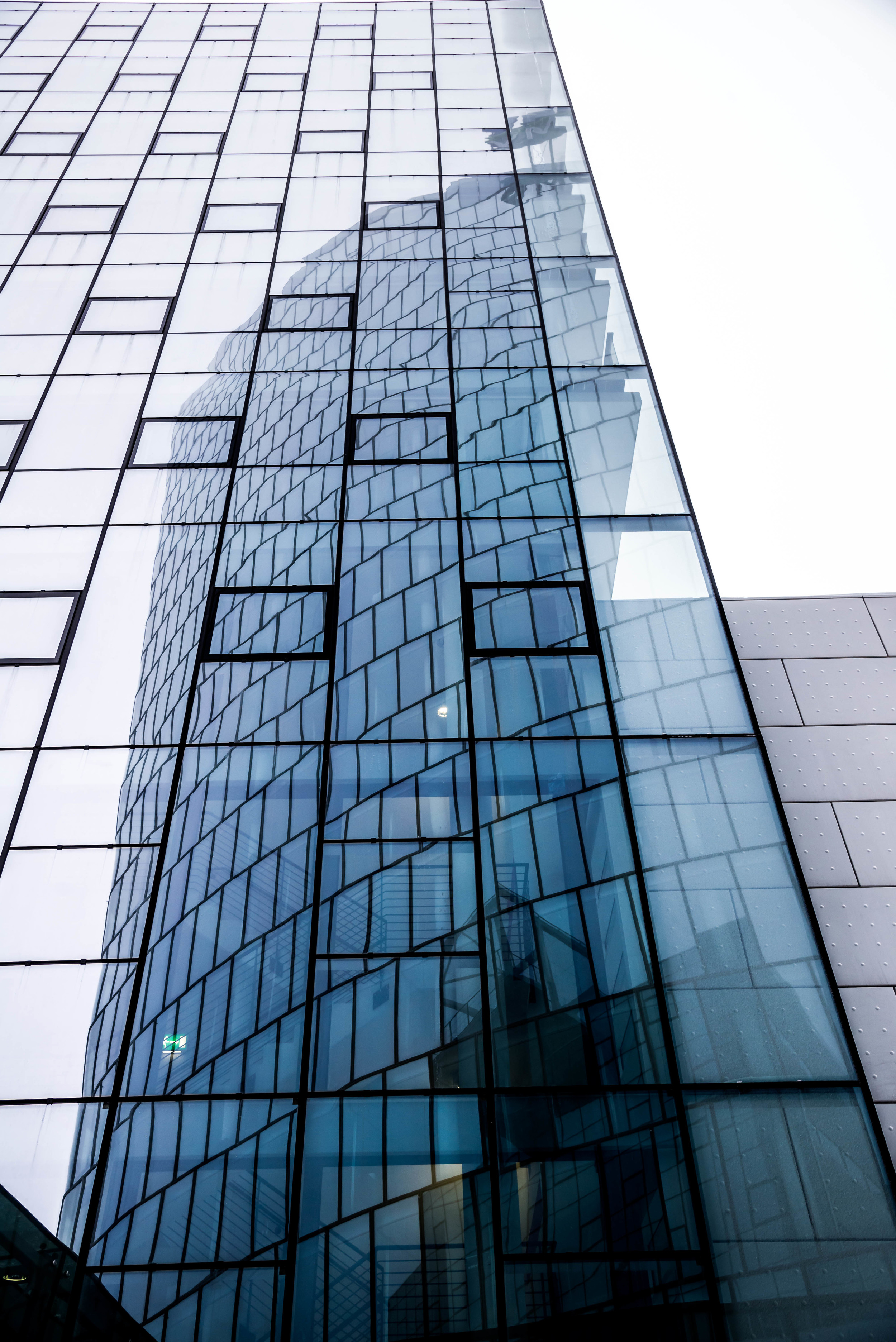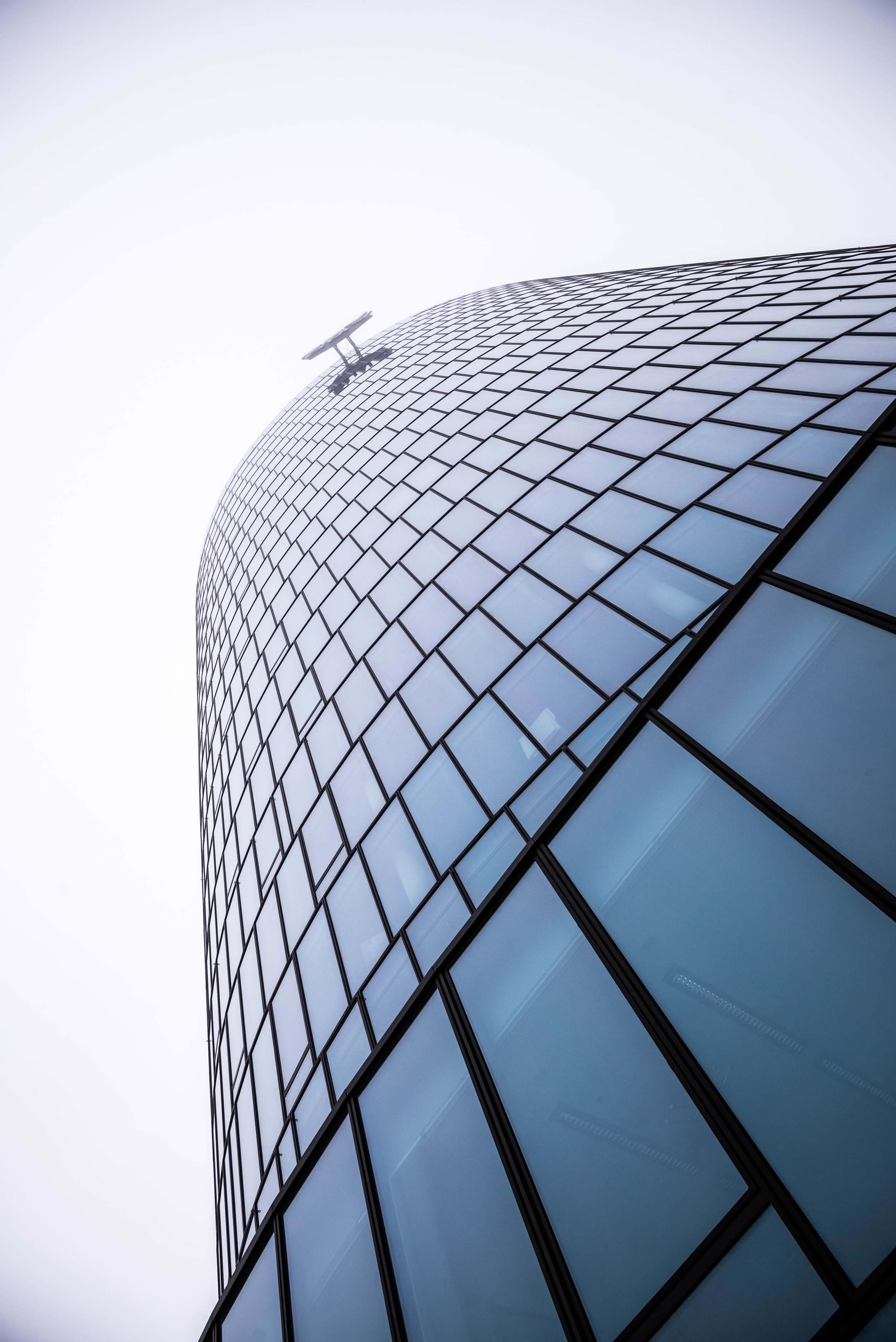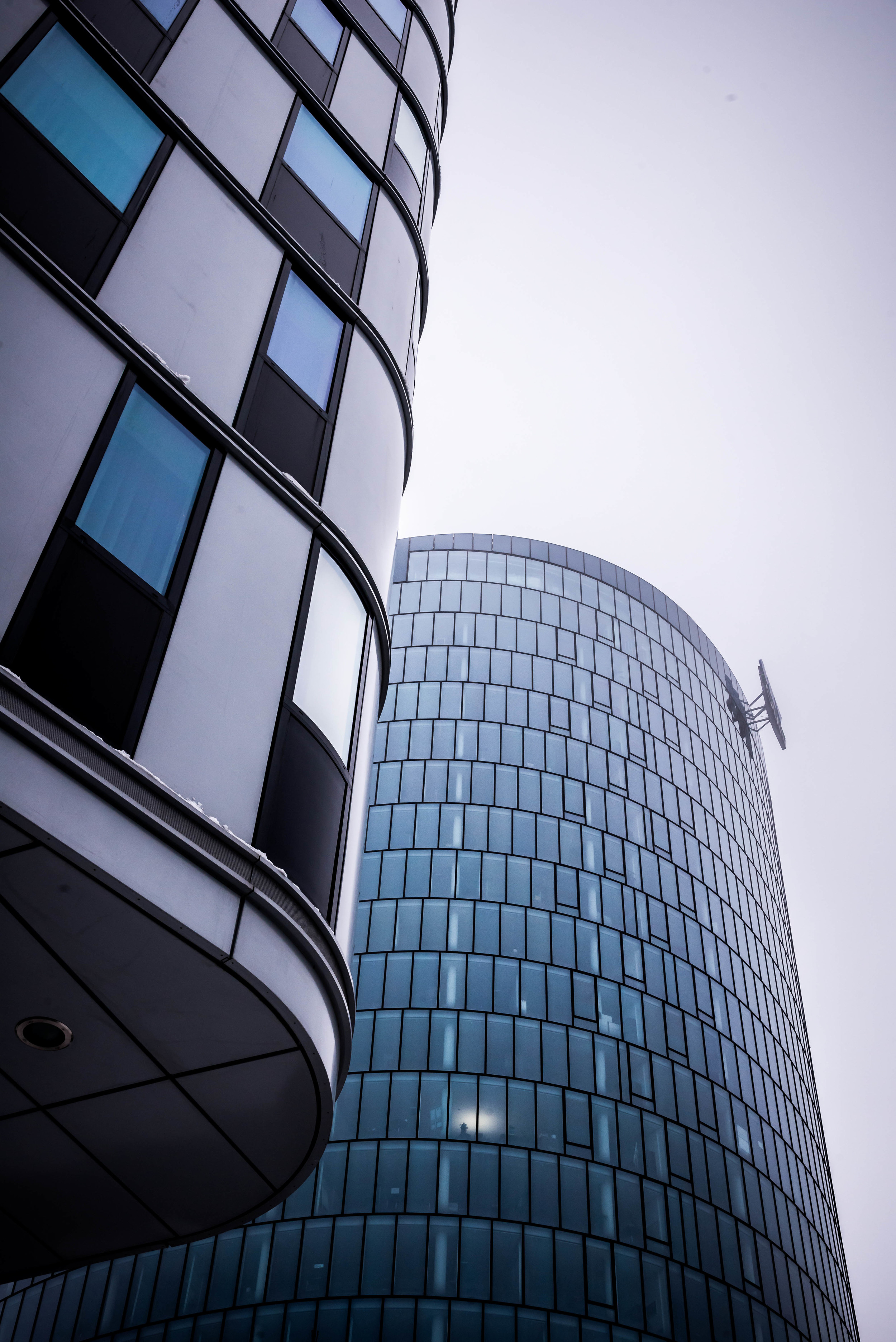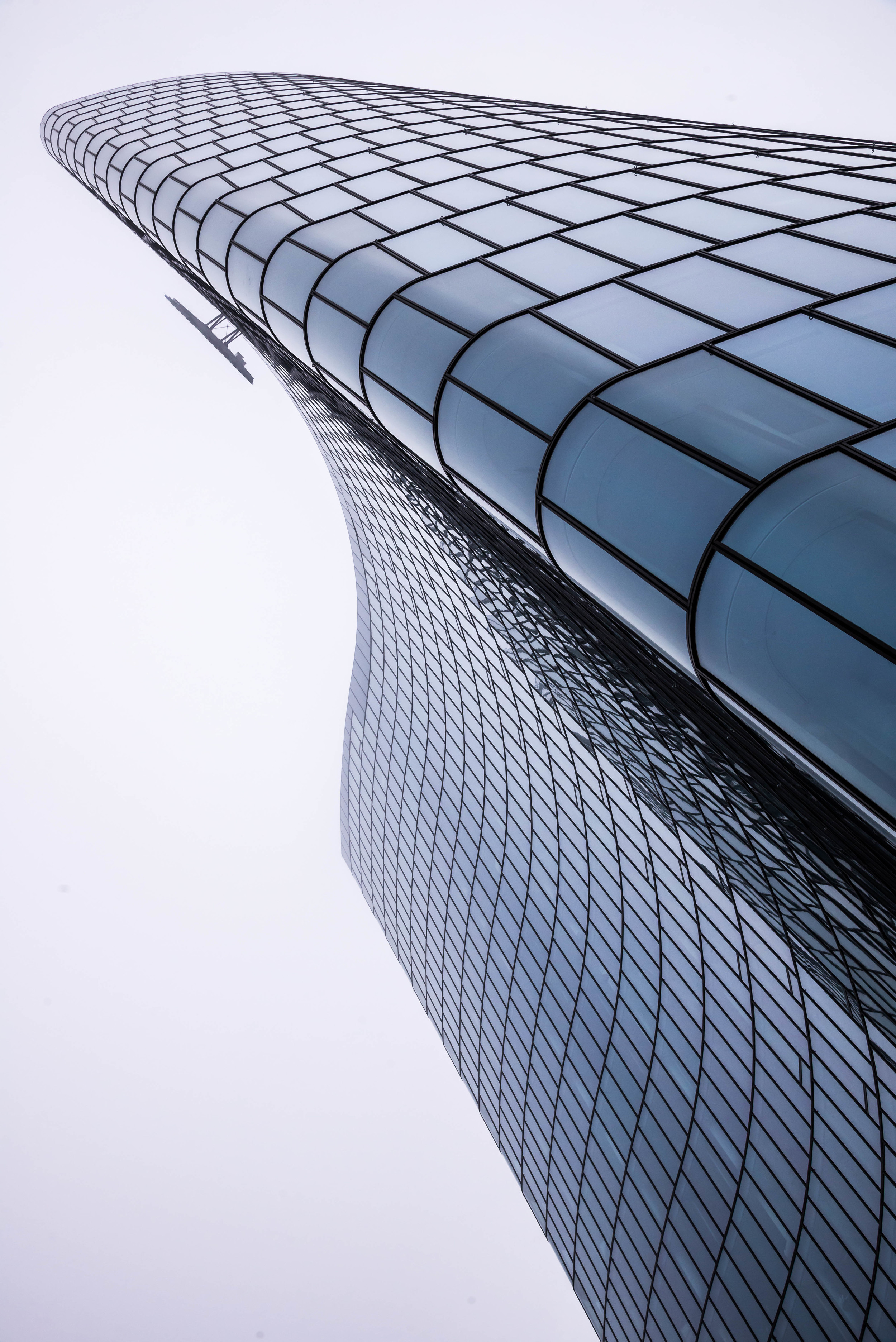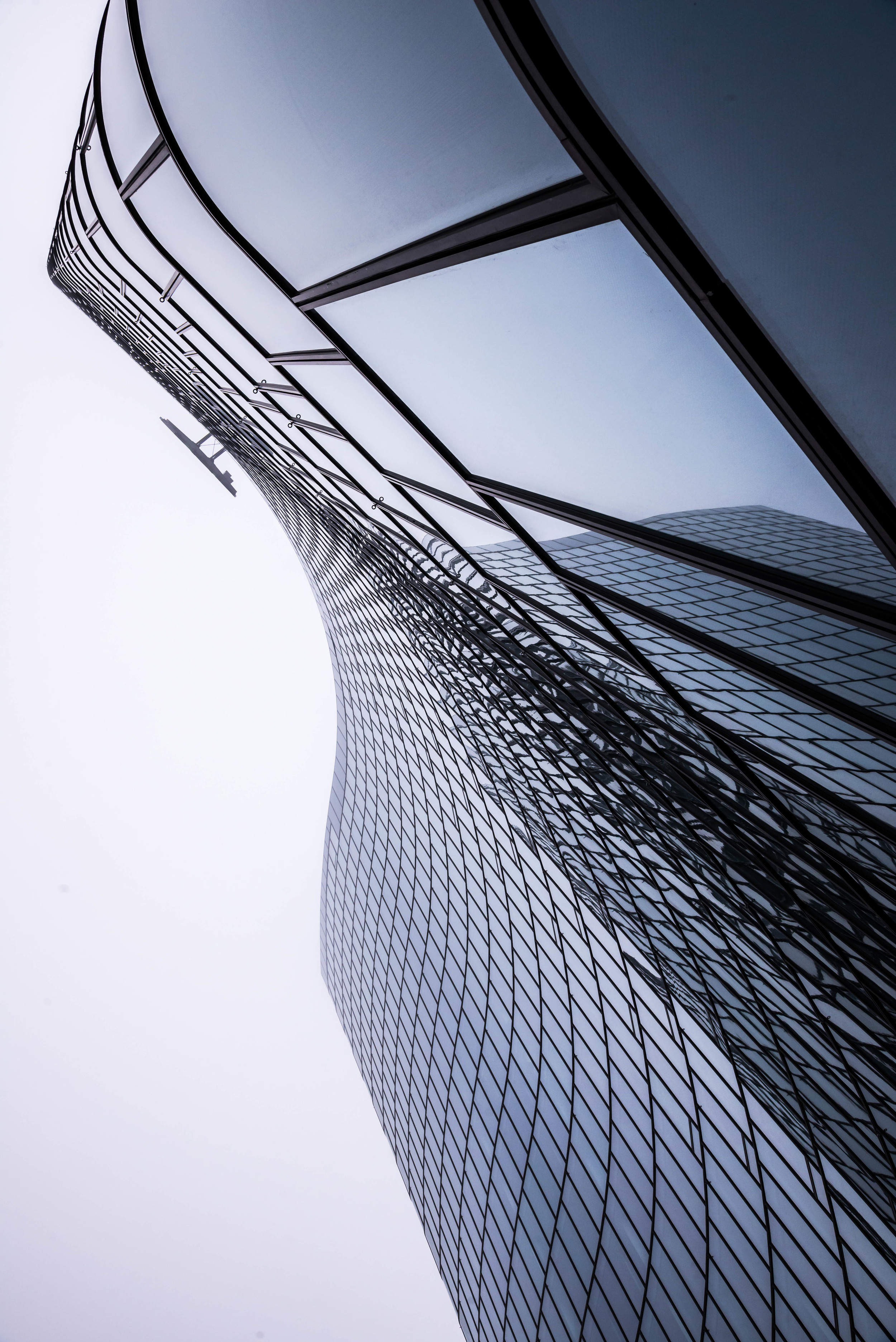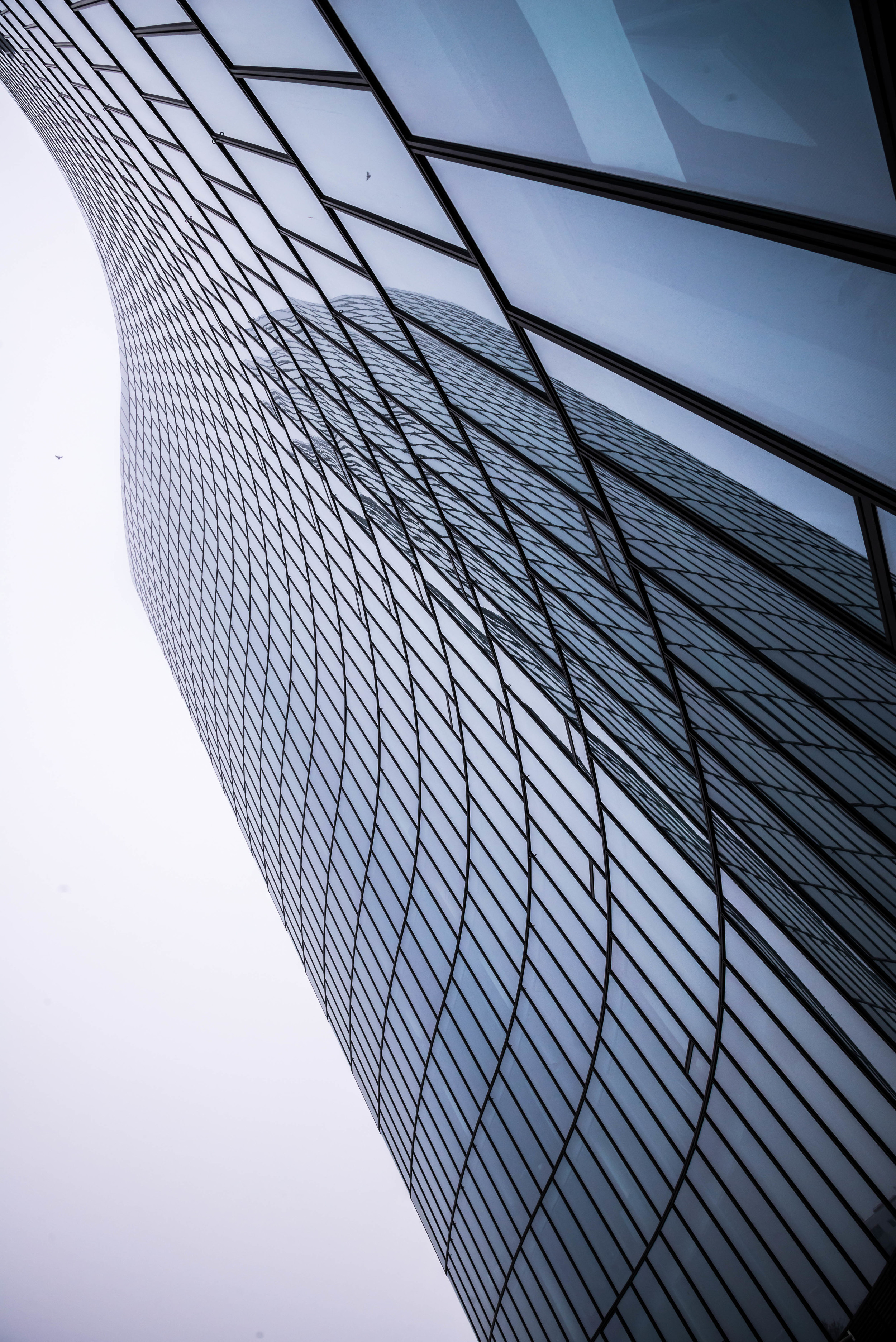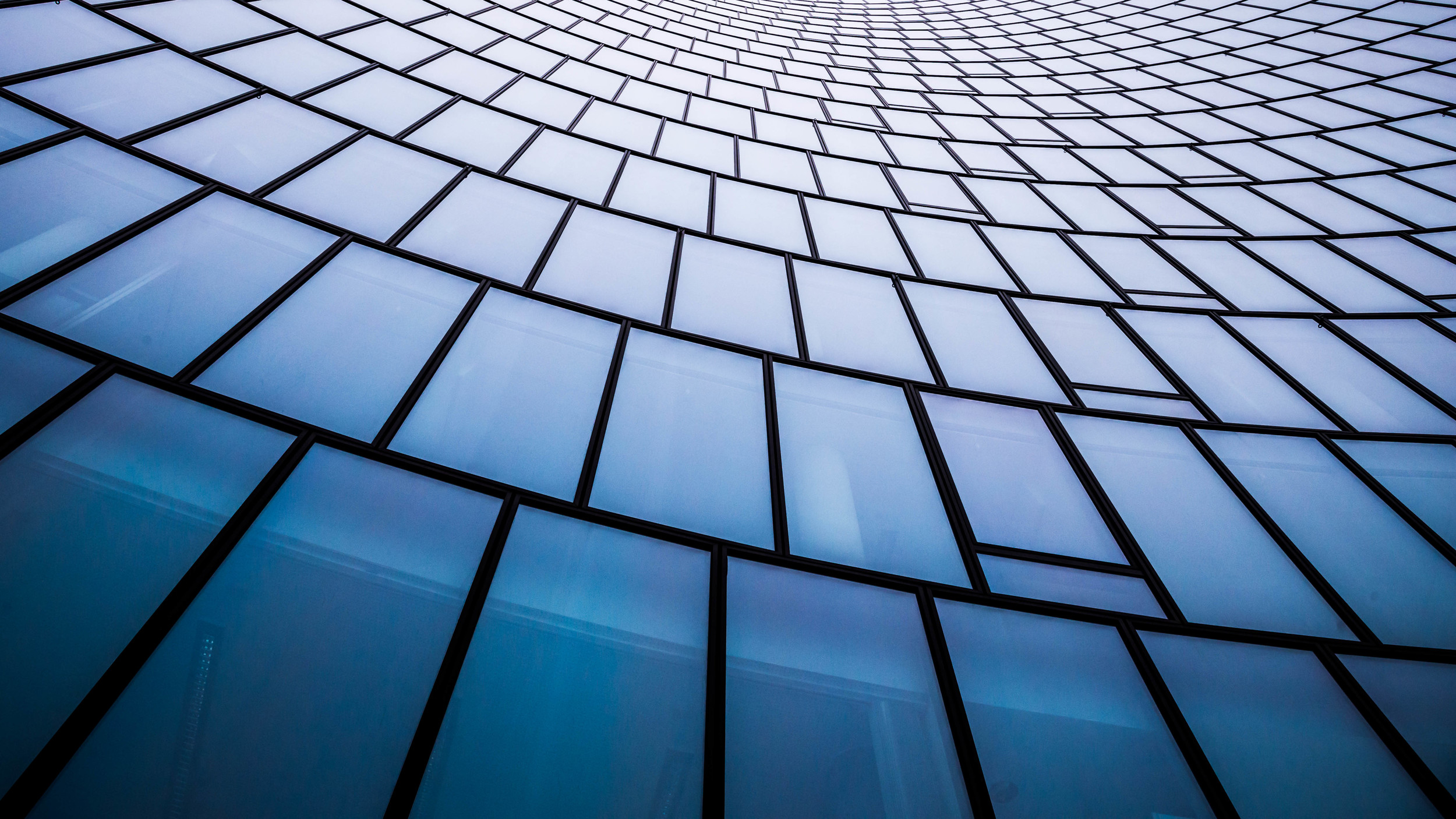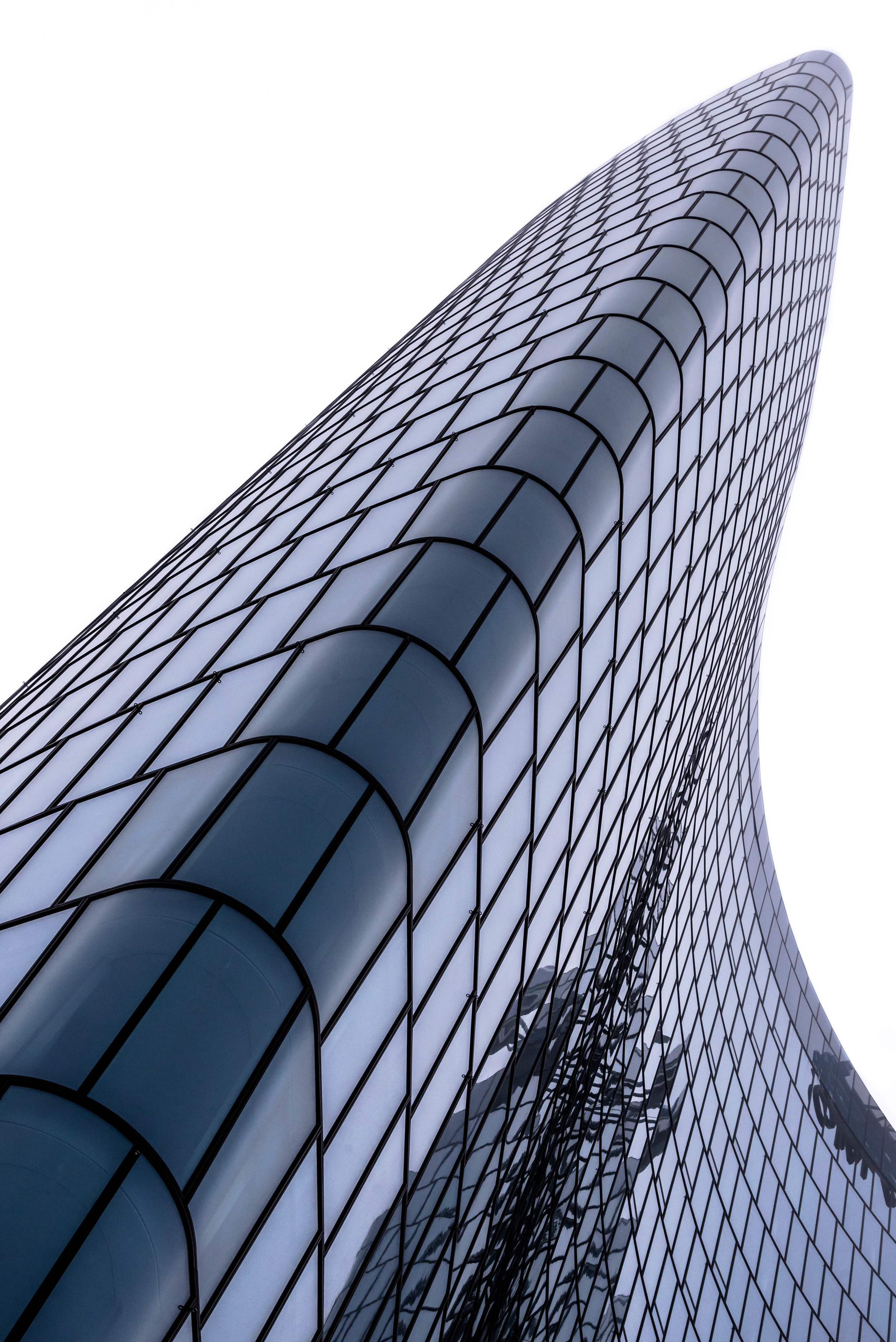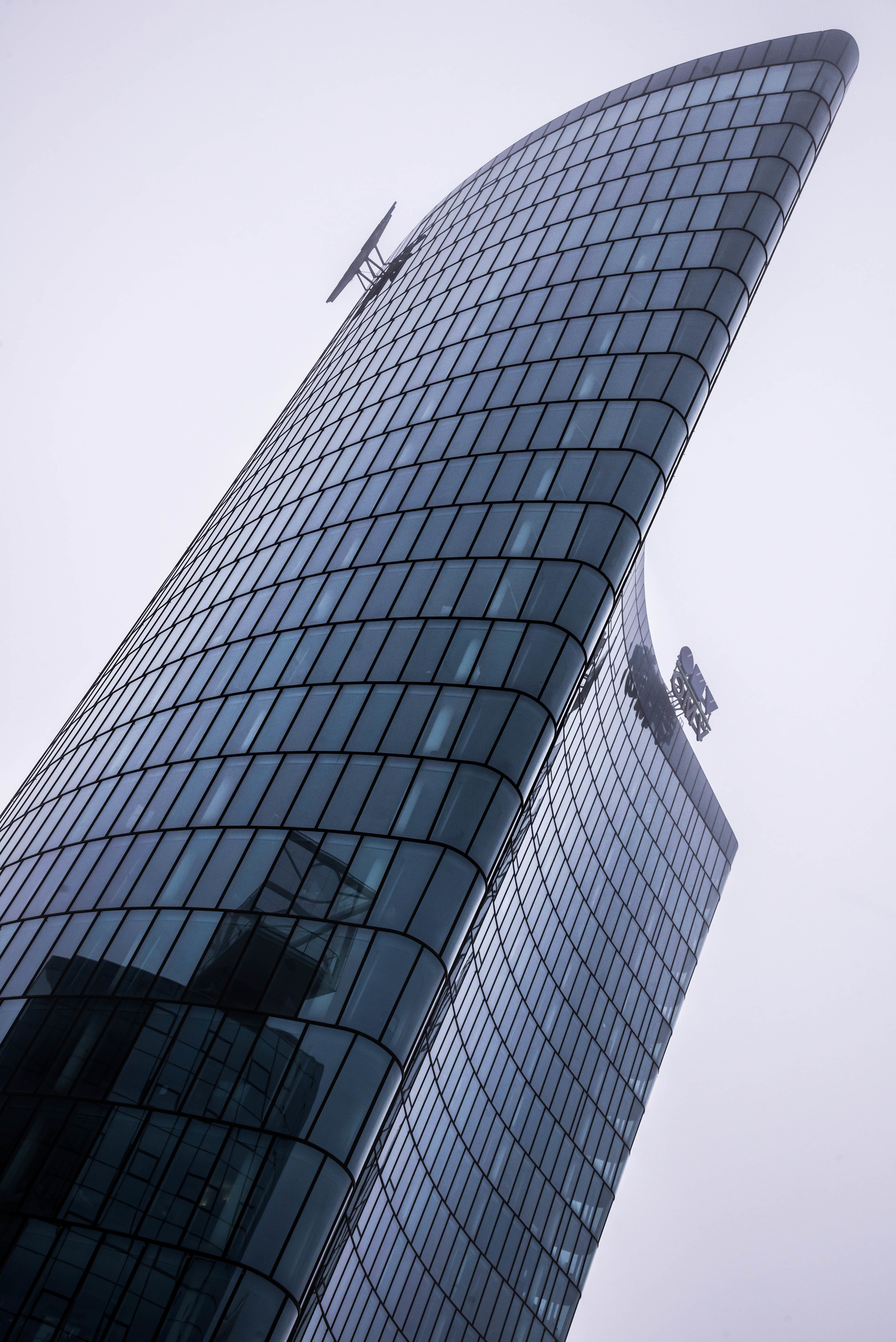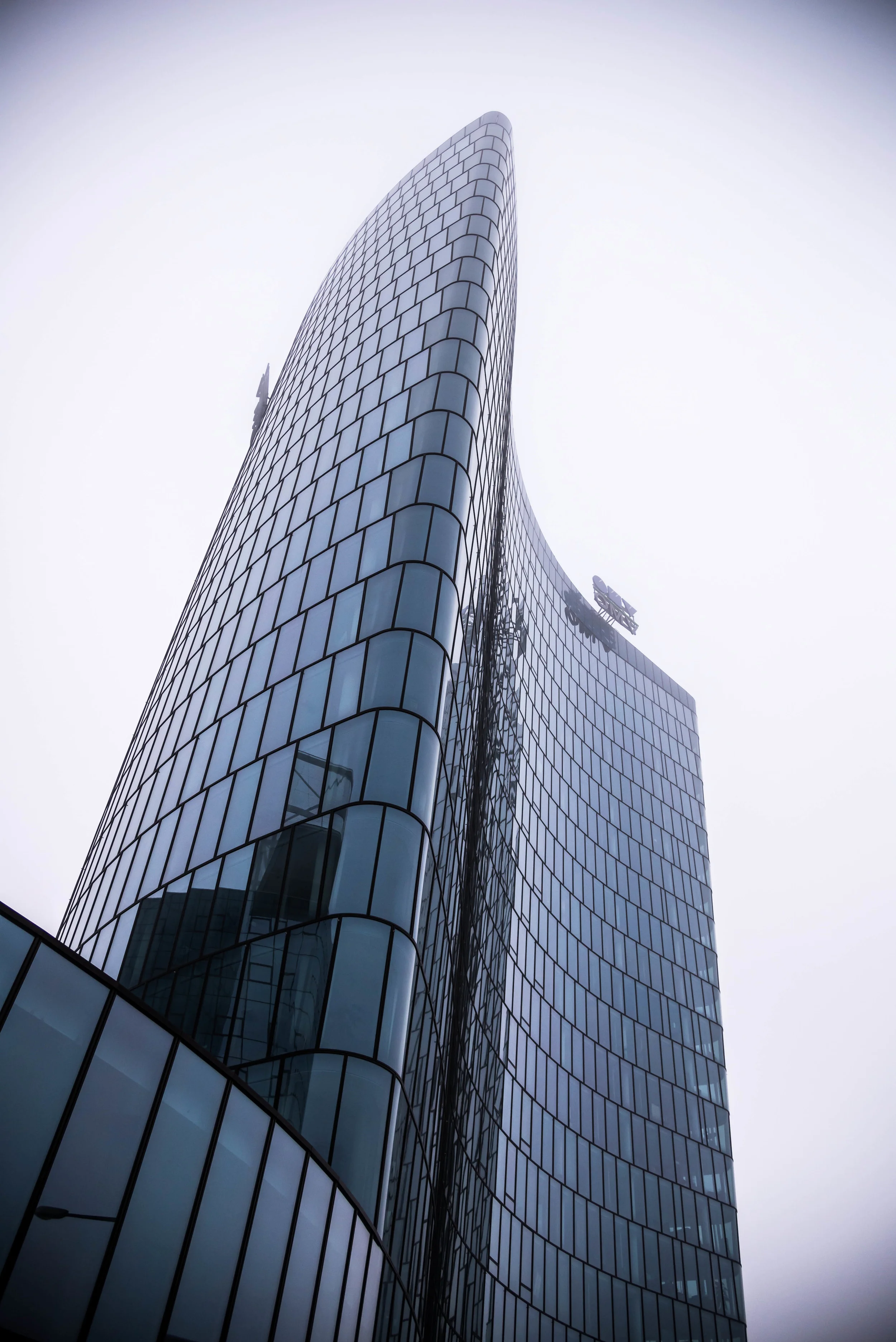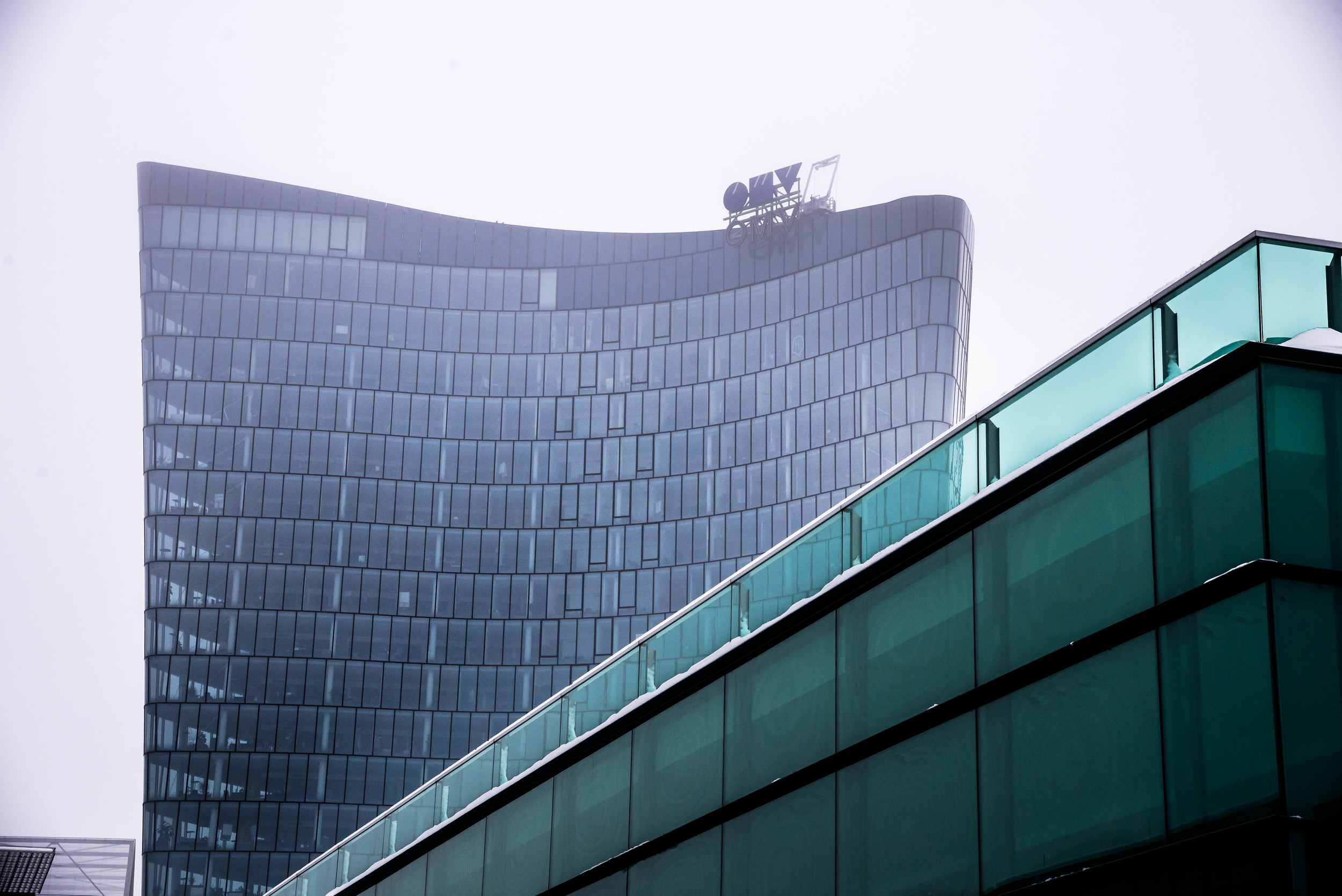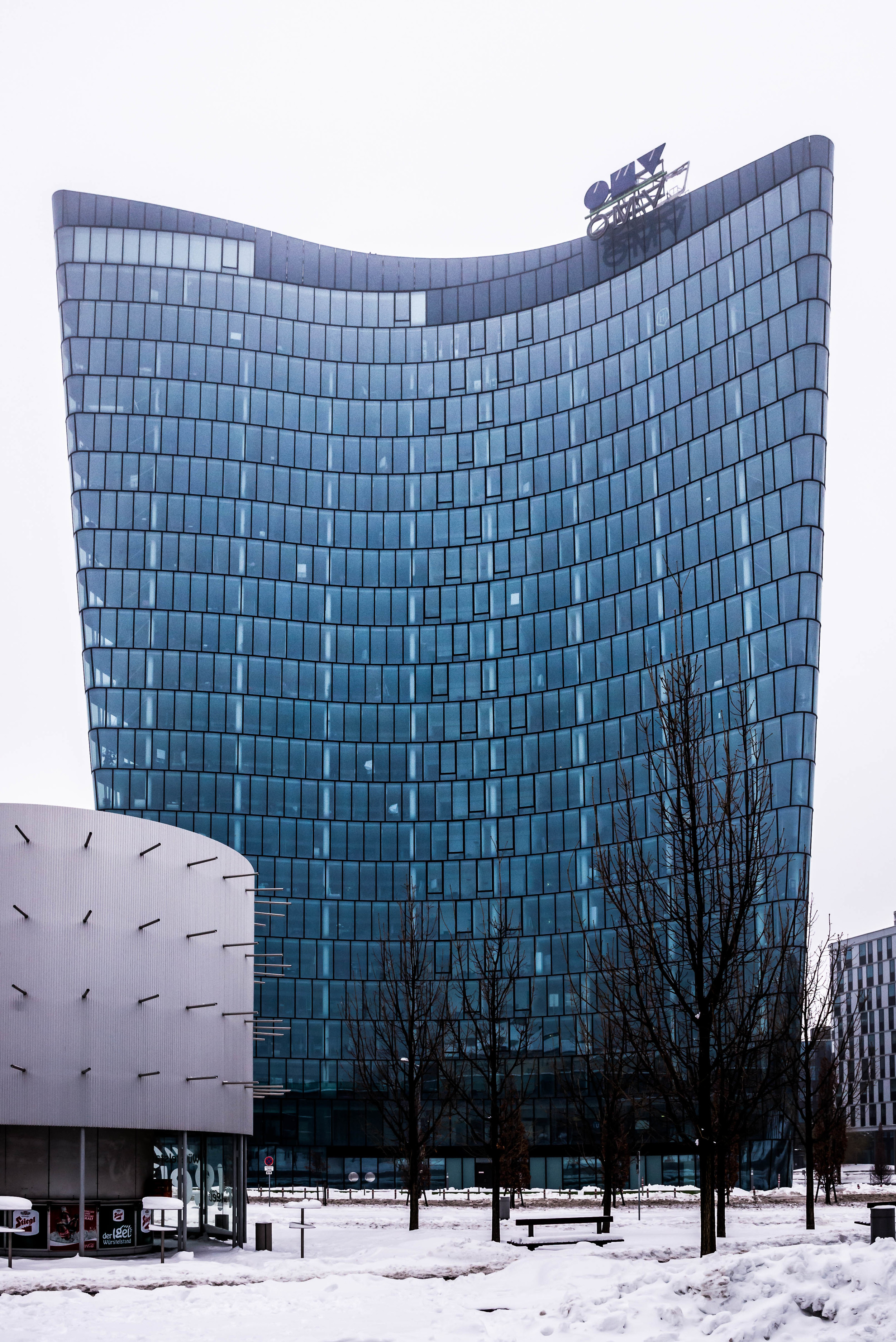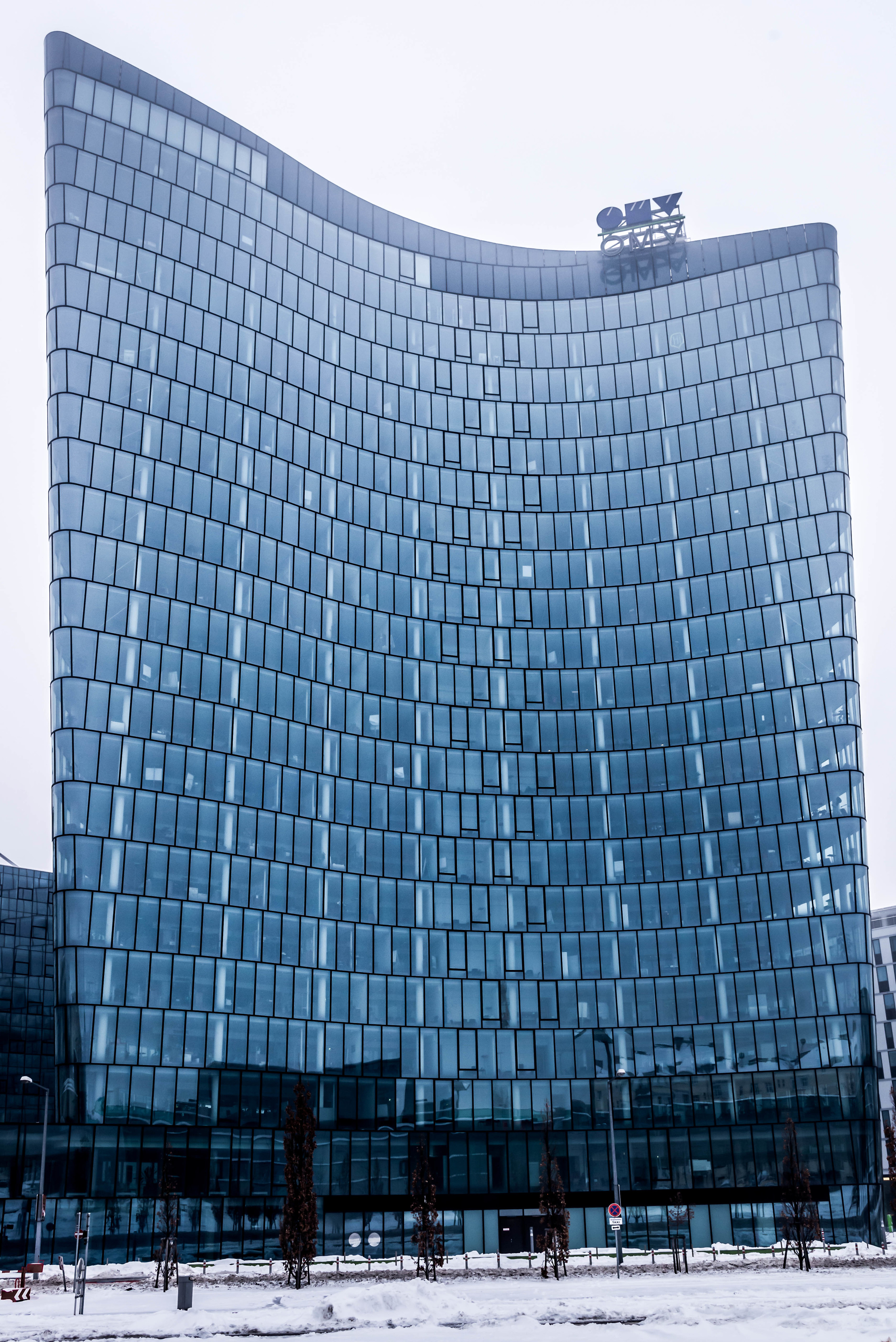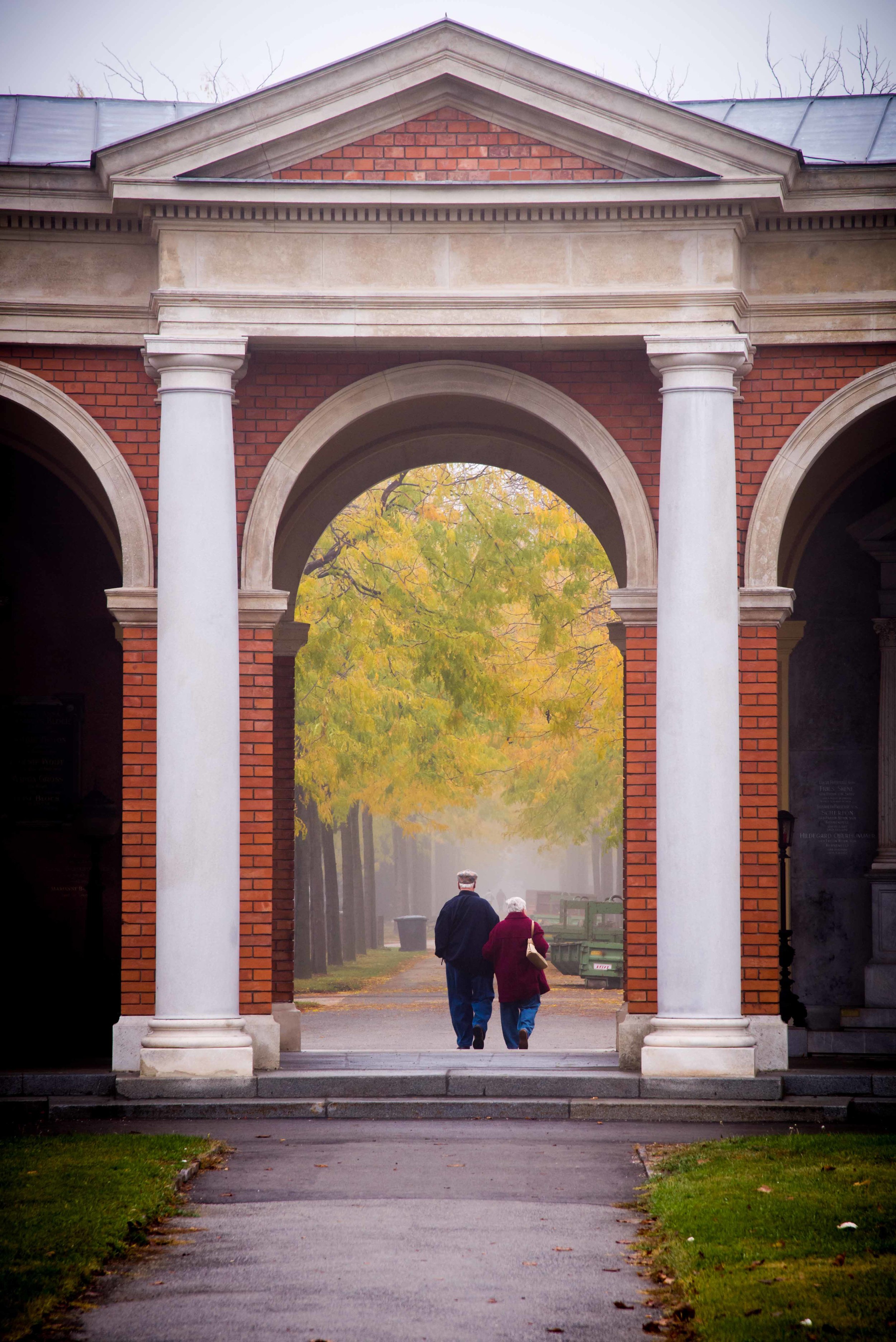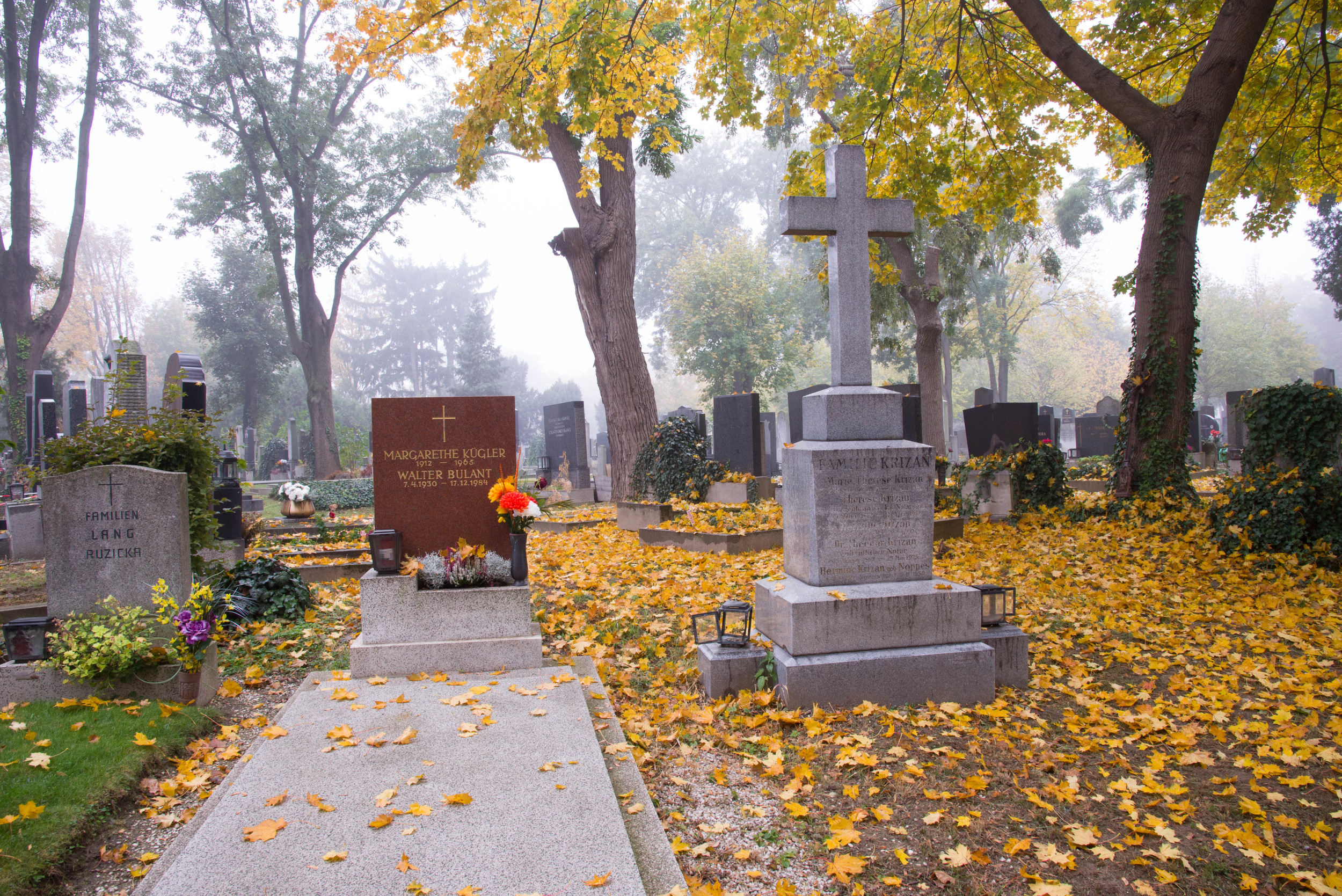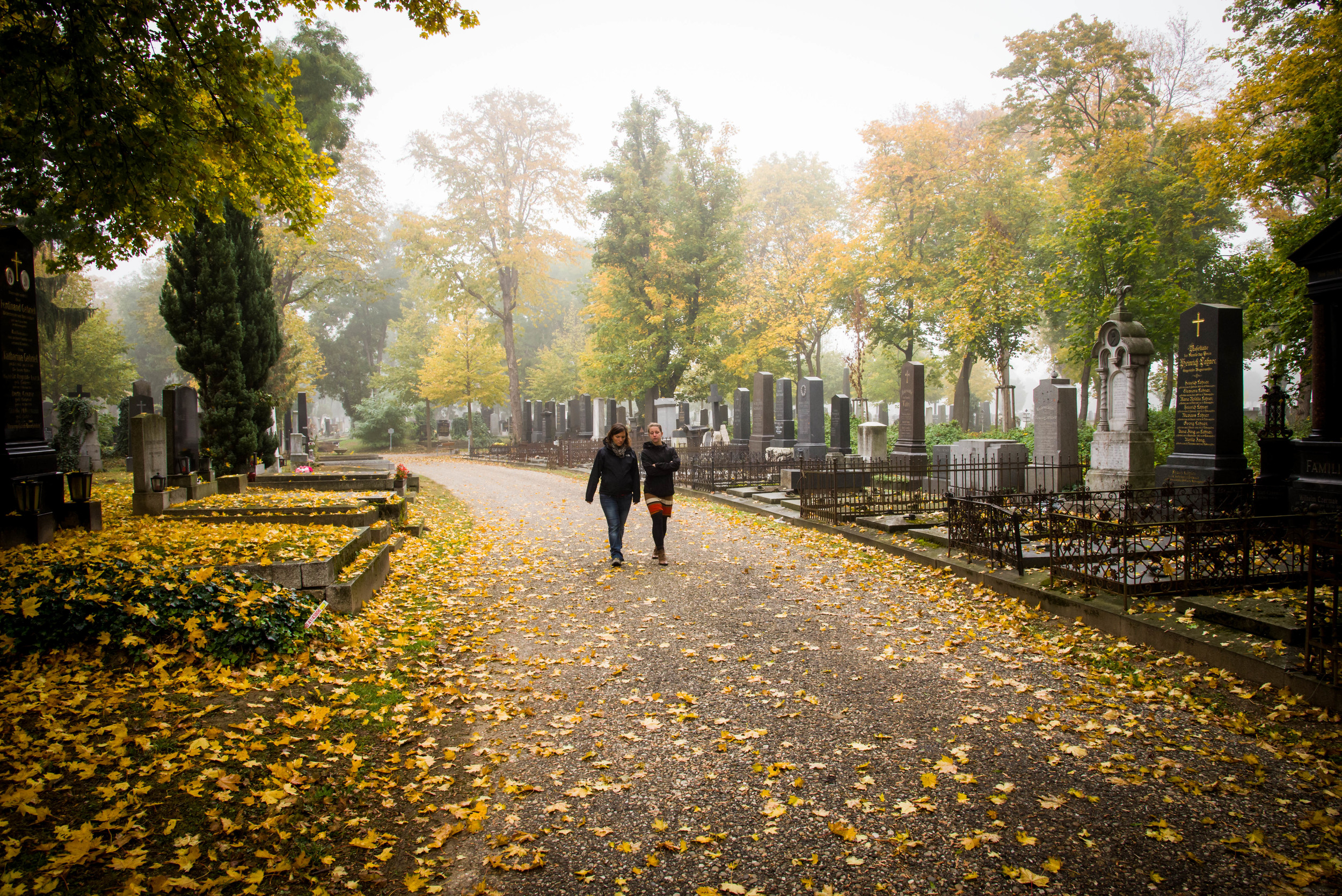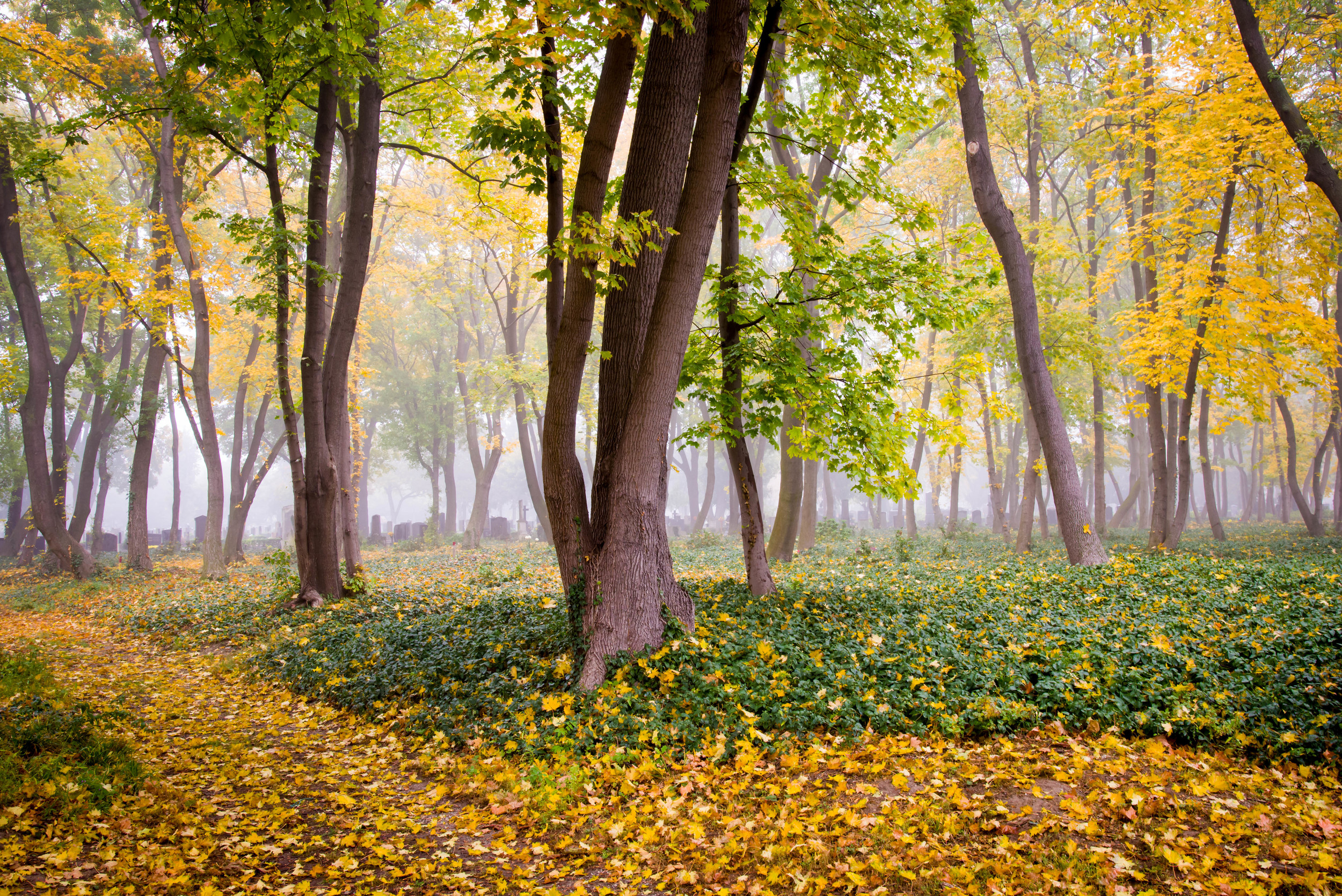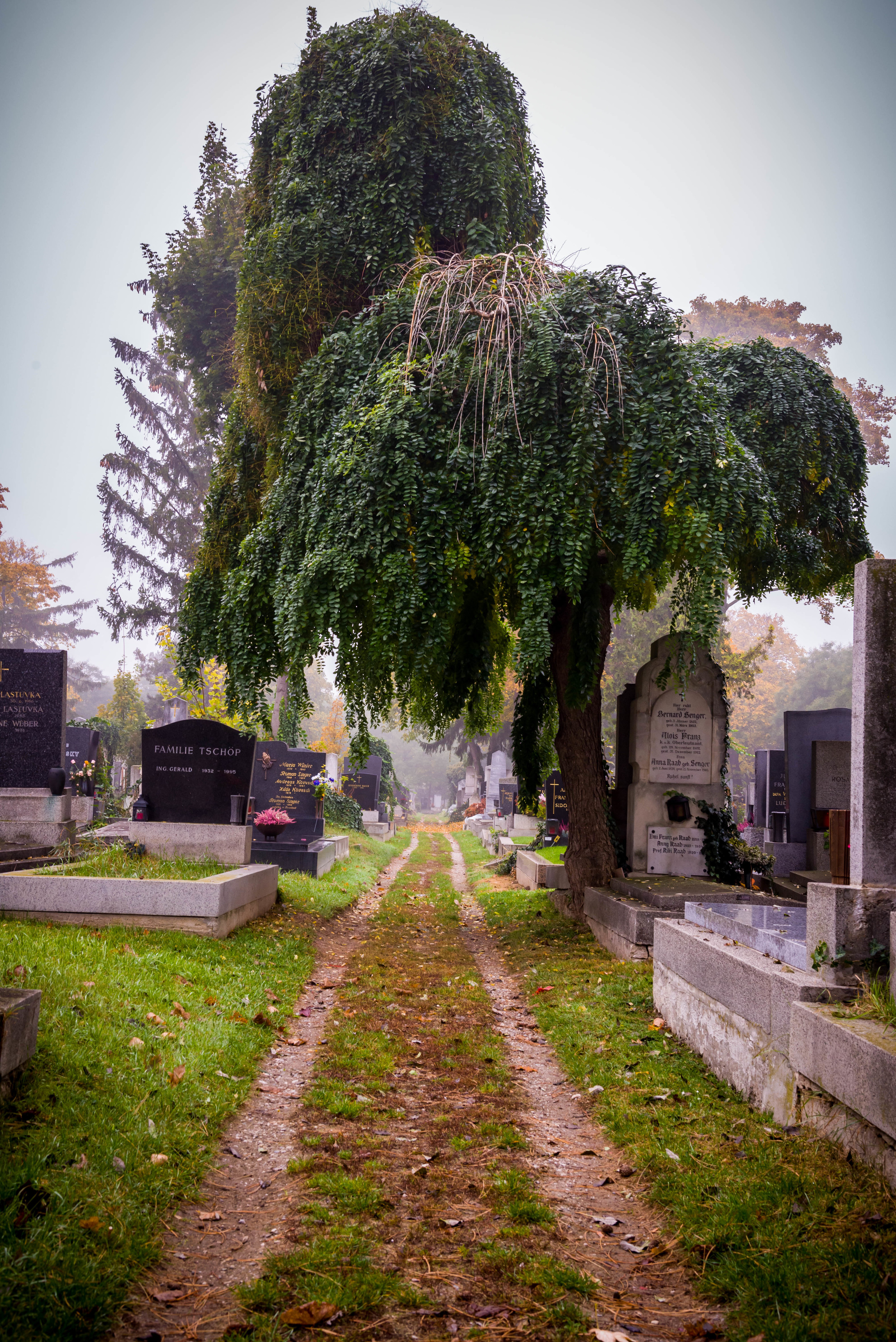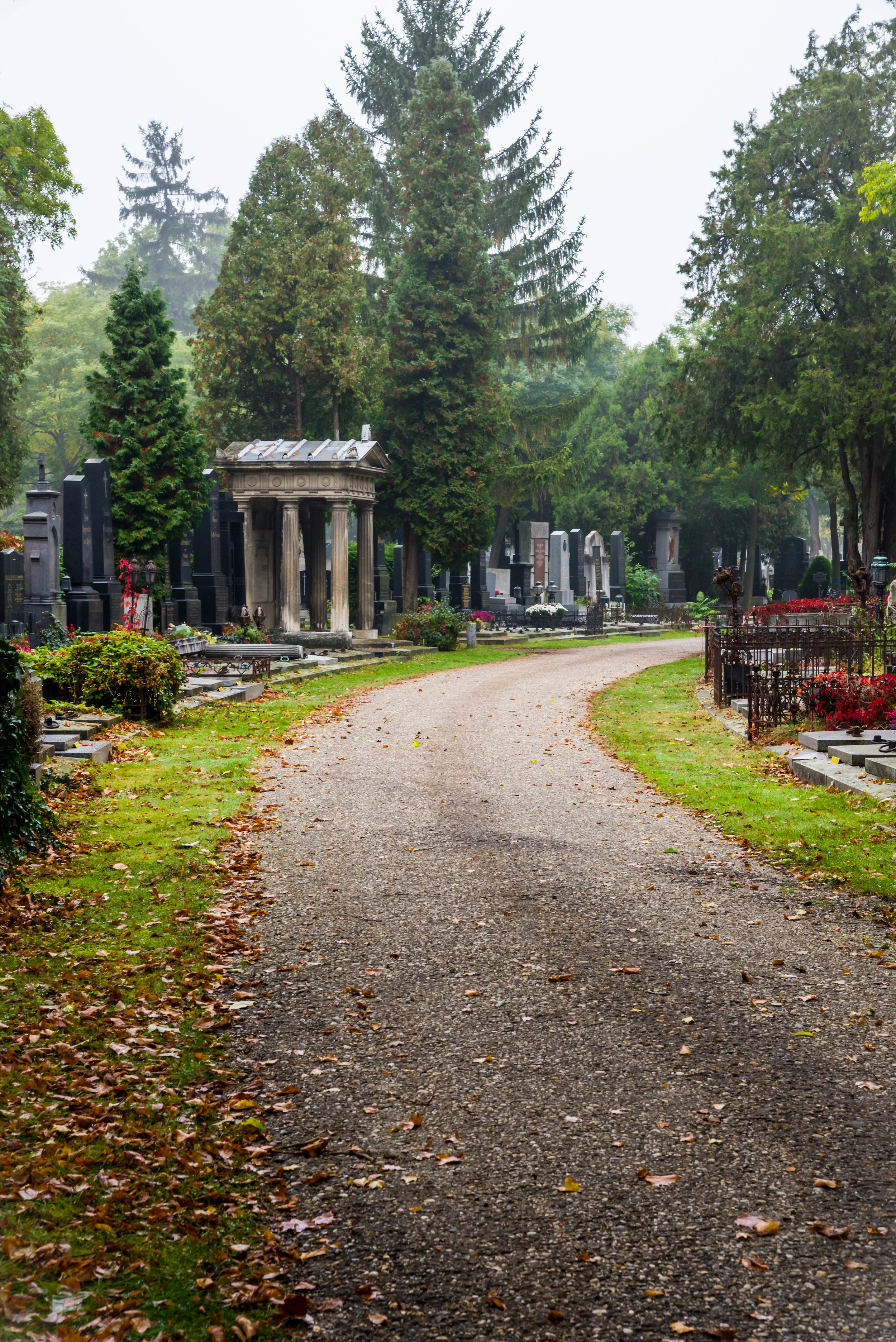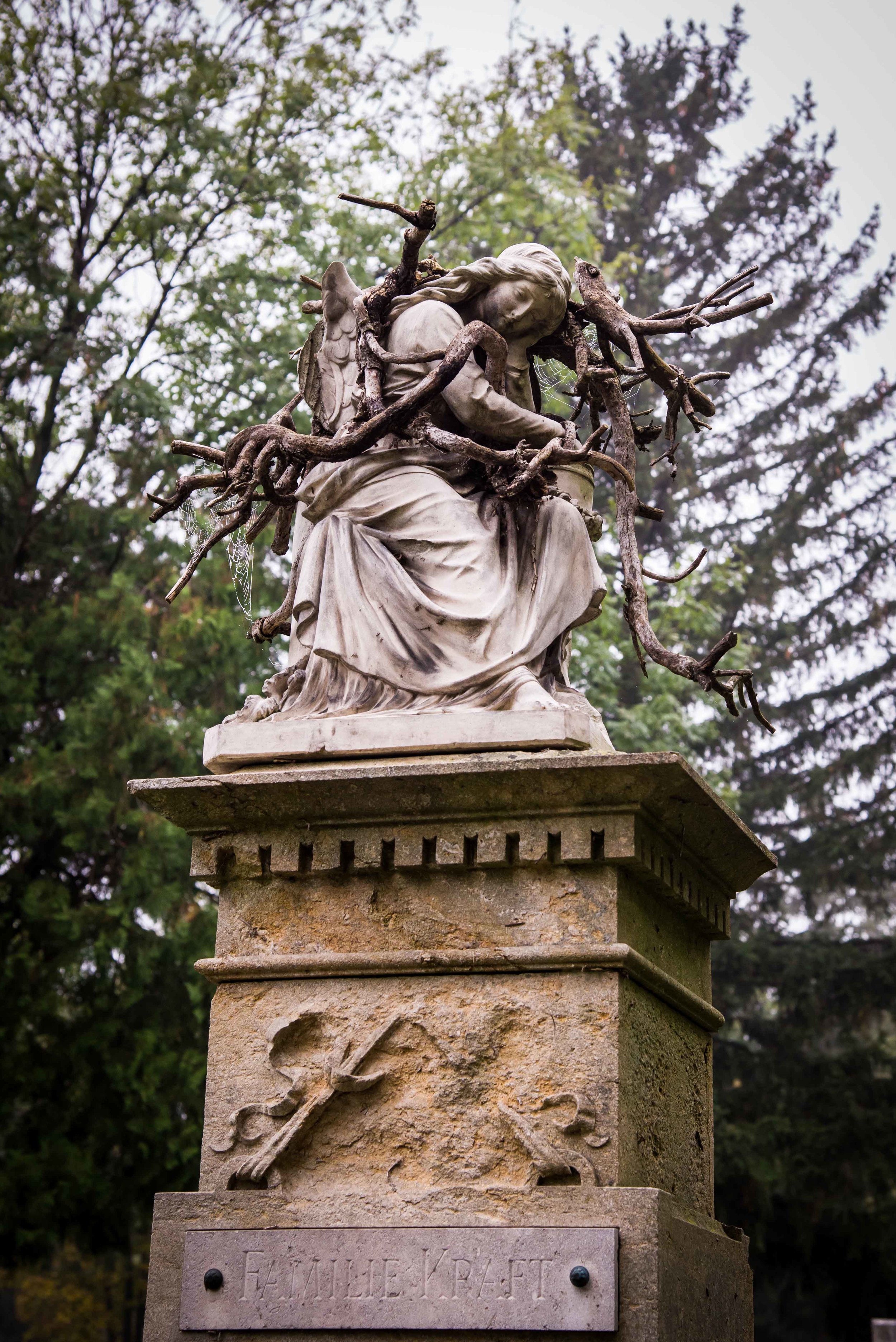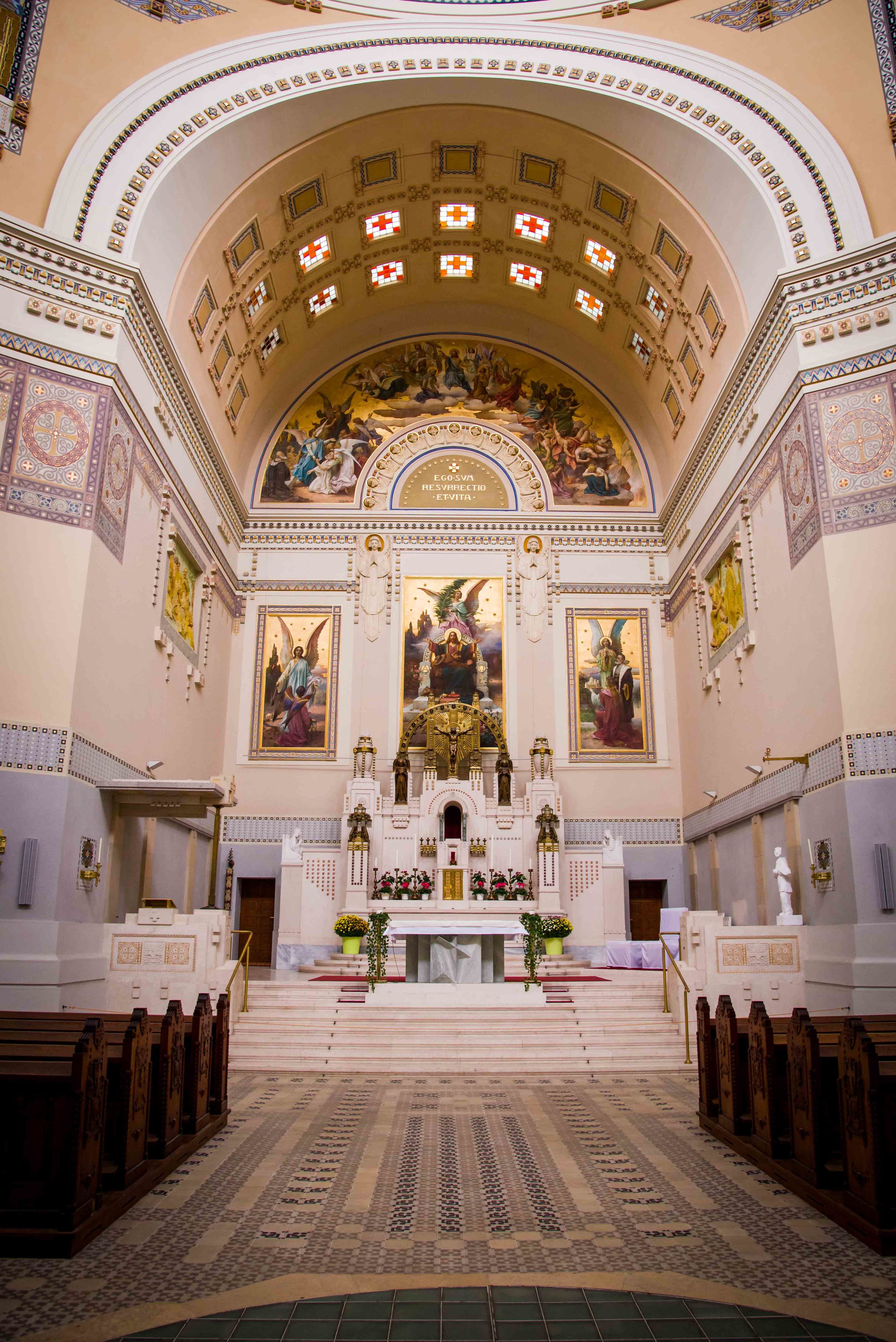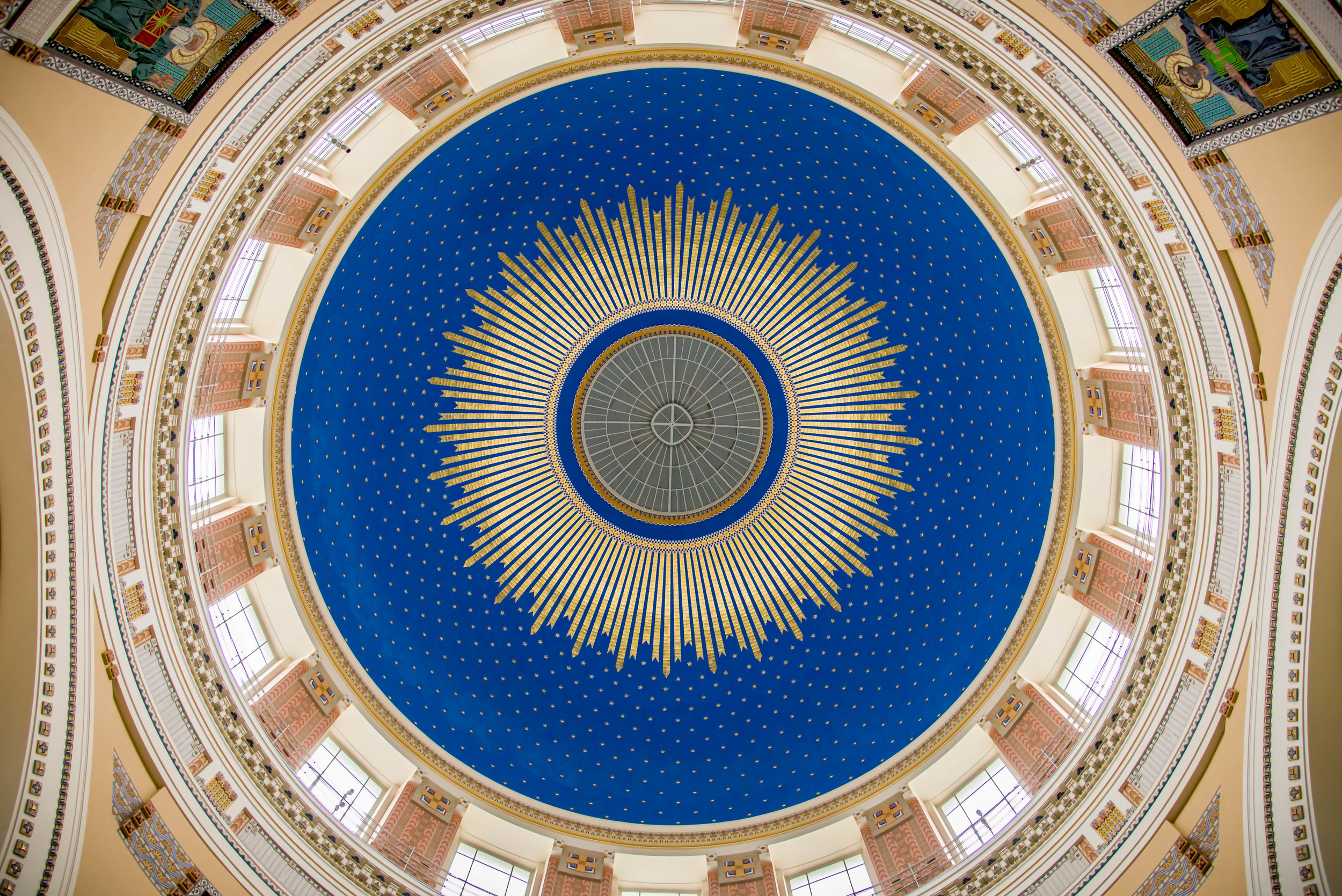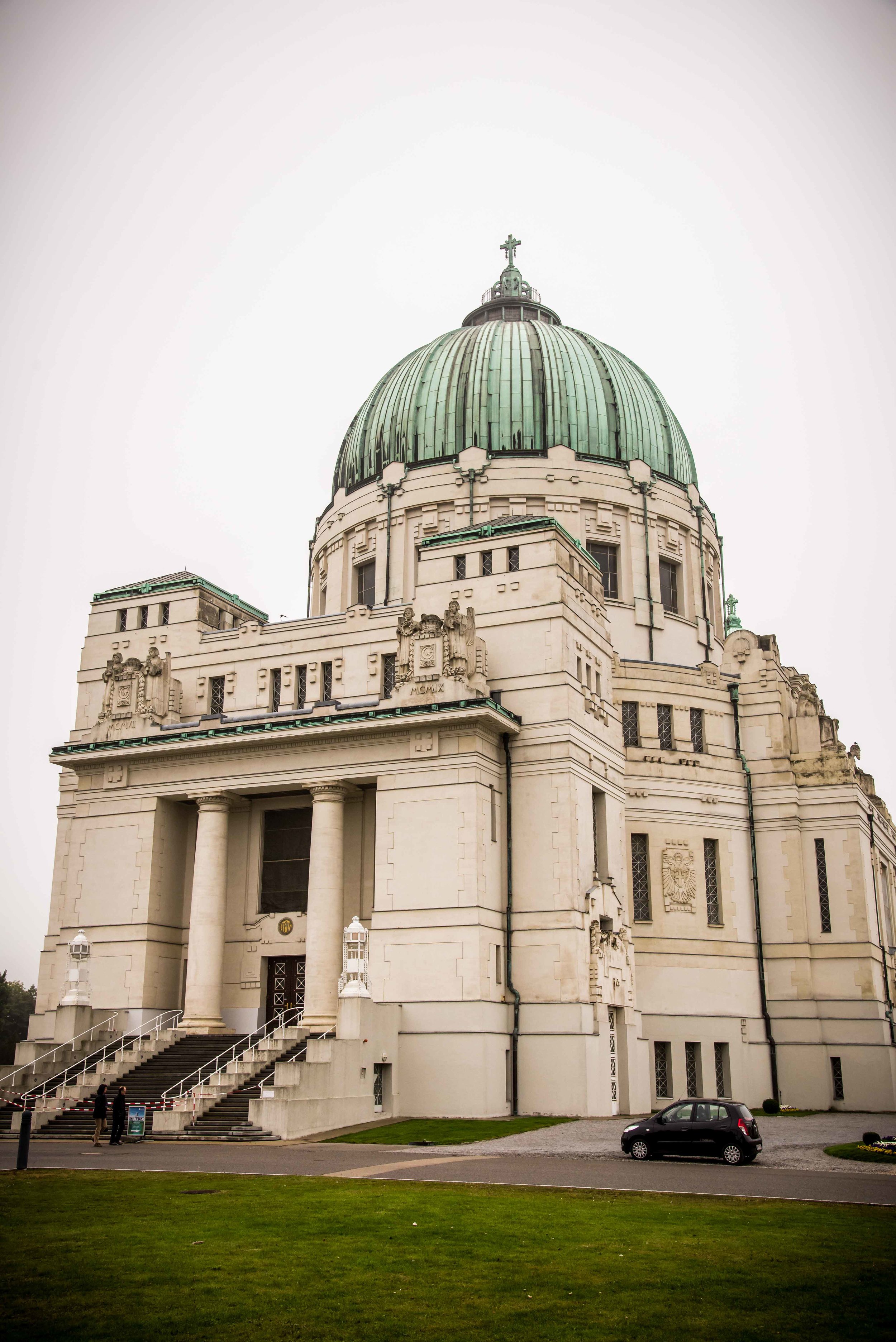Lost in the City Shooting with Sophia Grabner
n August 2014 I had the oportunity to shoot with the wonderful actress Sophia Grabner.
In August 2014 I had the oportunity to shoot with the wonderful actress Sophia Grabner. The shooting took place in Viennas 1st District around Minoritenplatz with its historic buildings which supports the theme and mood of the shooting. Olivia Weigelt as make up artist highly contributed to the shoot. I hope you enjoy the pictures we have created.
Model: Sophia Grabner Homepage / Facebook
MUA: Olivia Weigelt Facebook
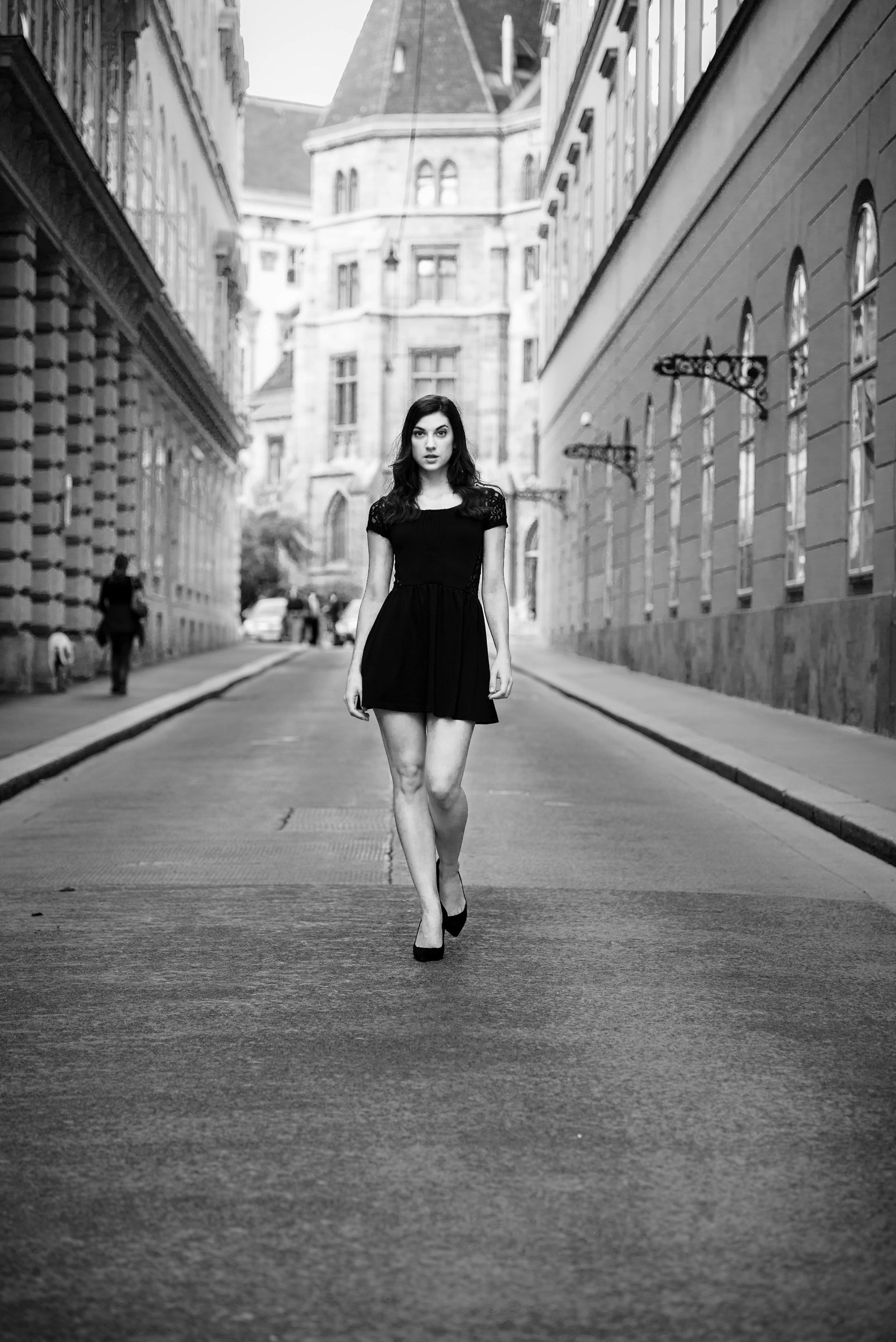

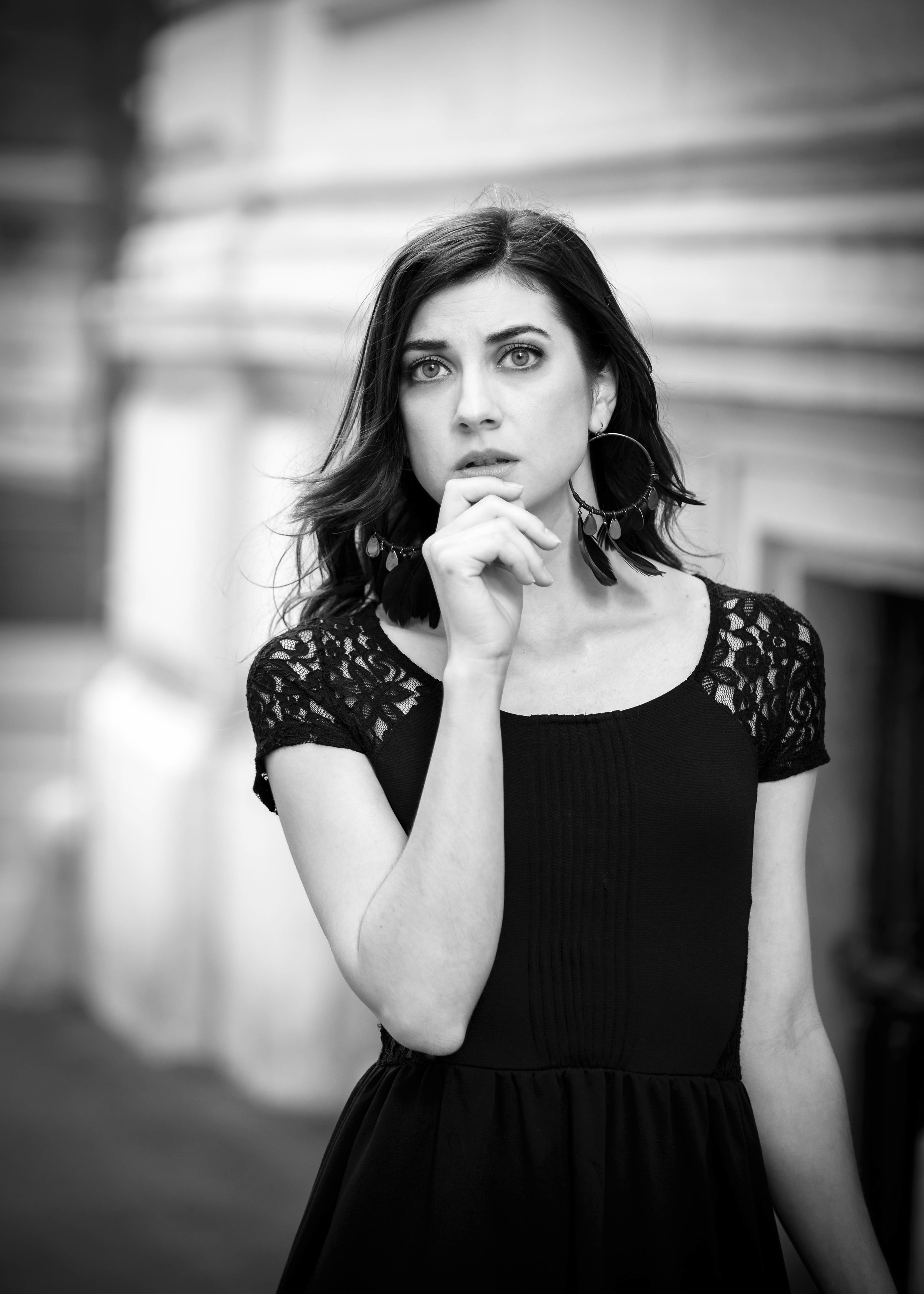
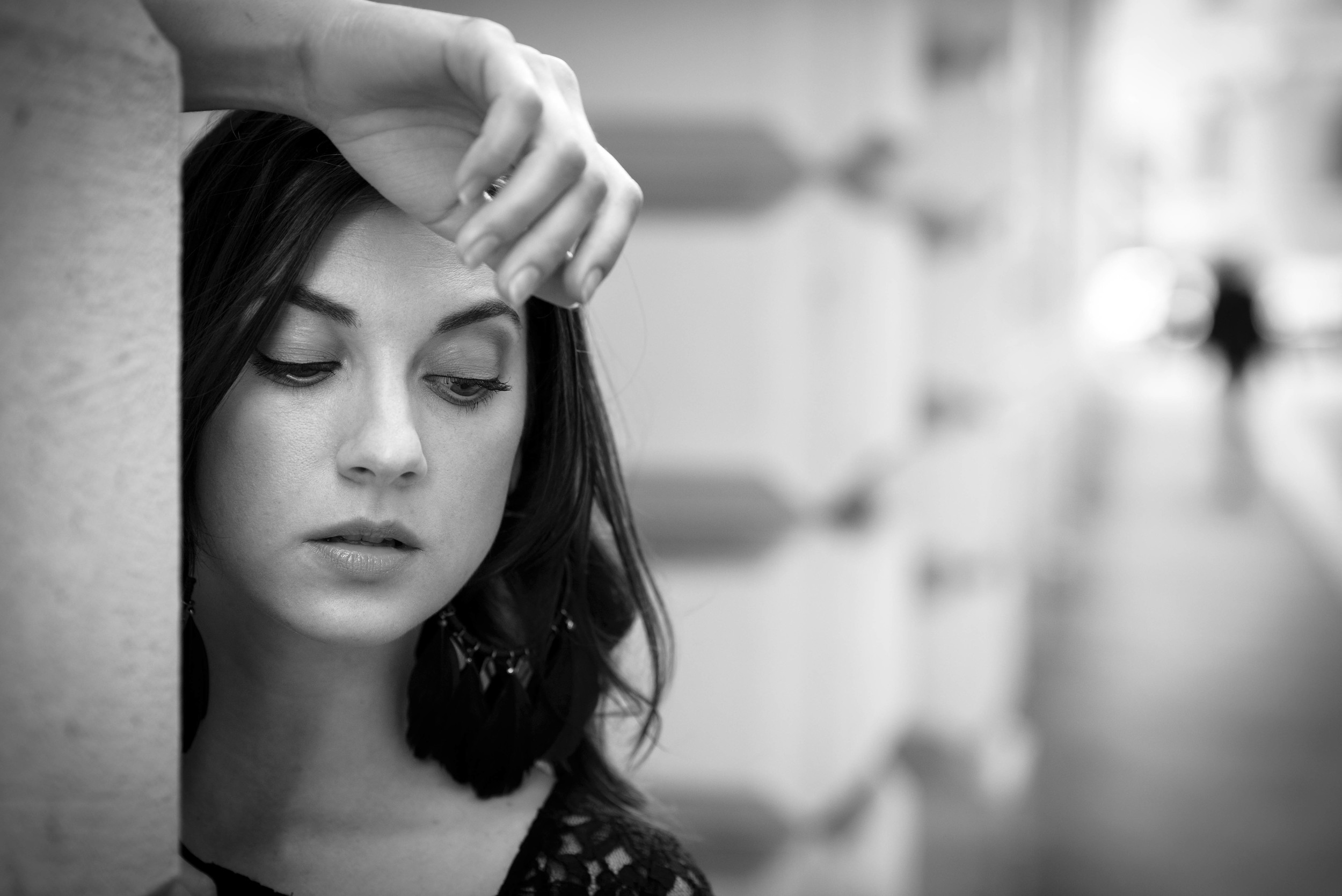
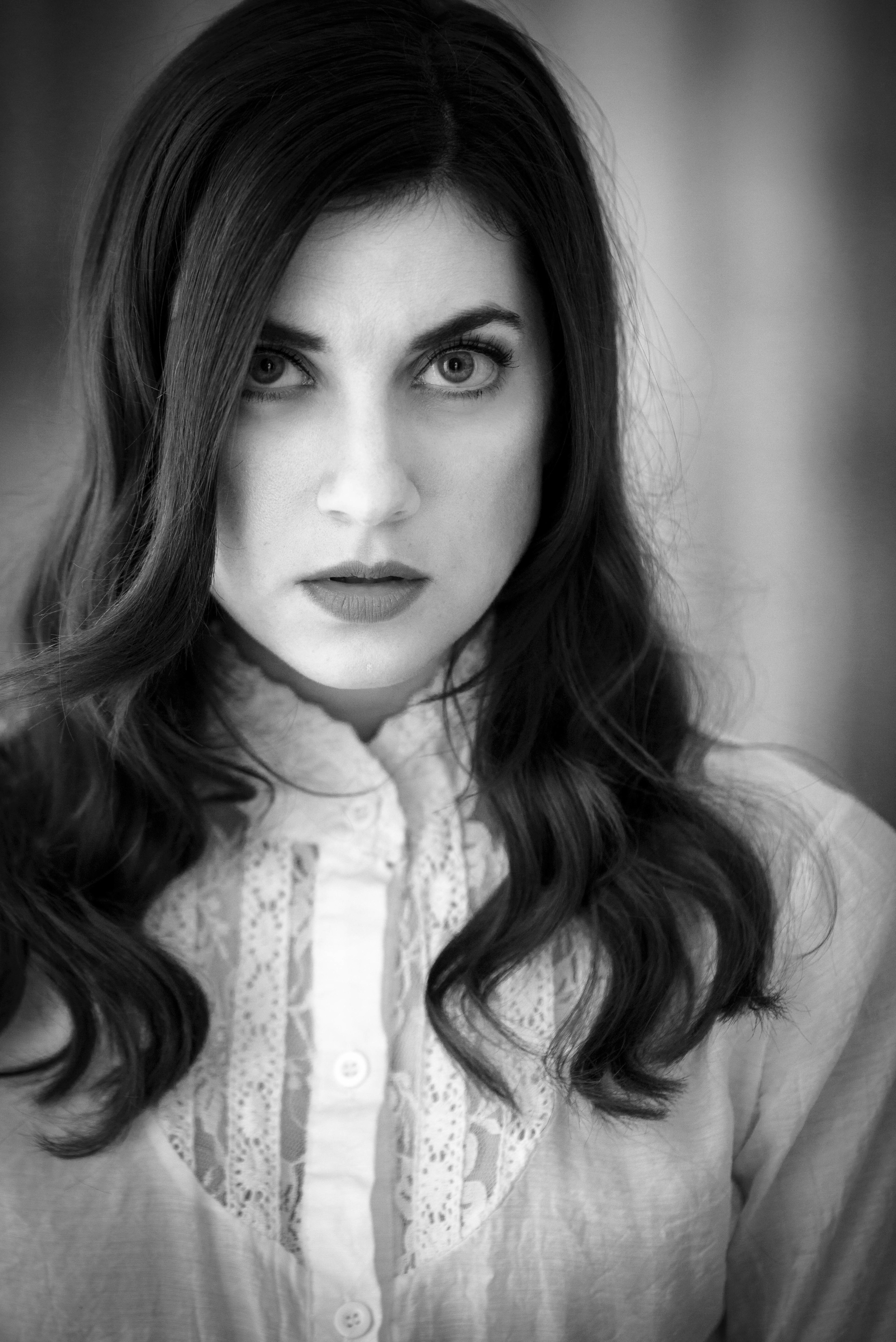
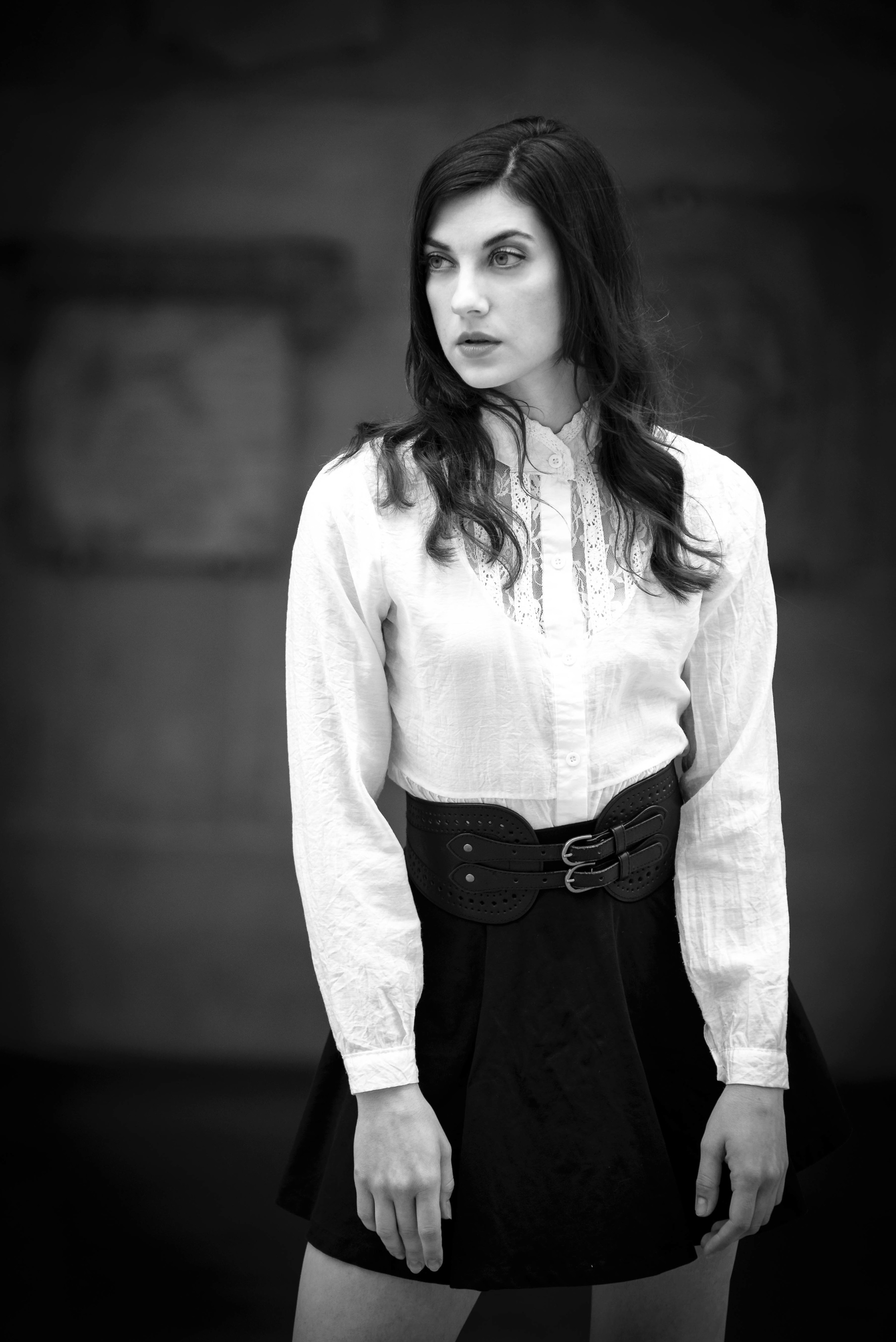
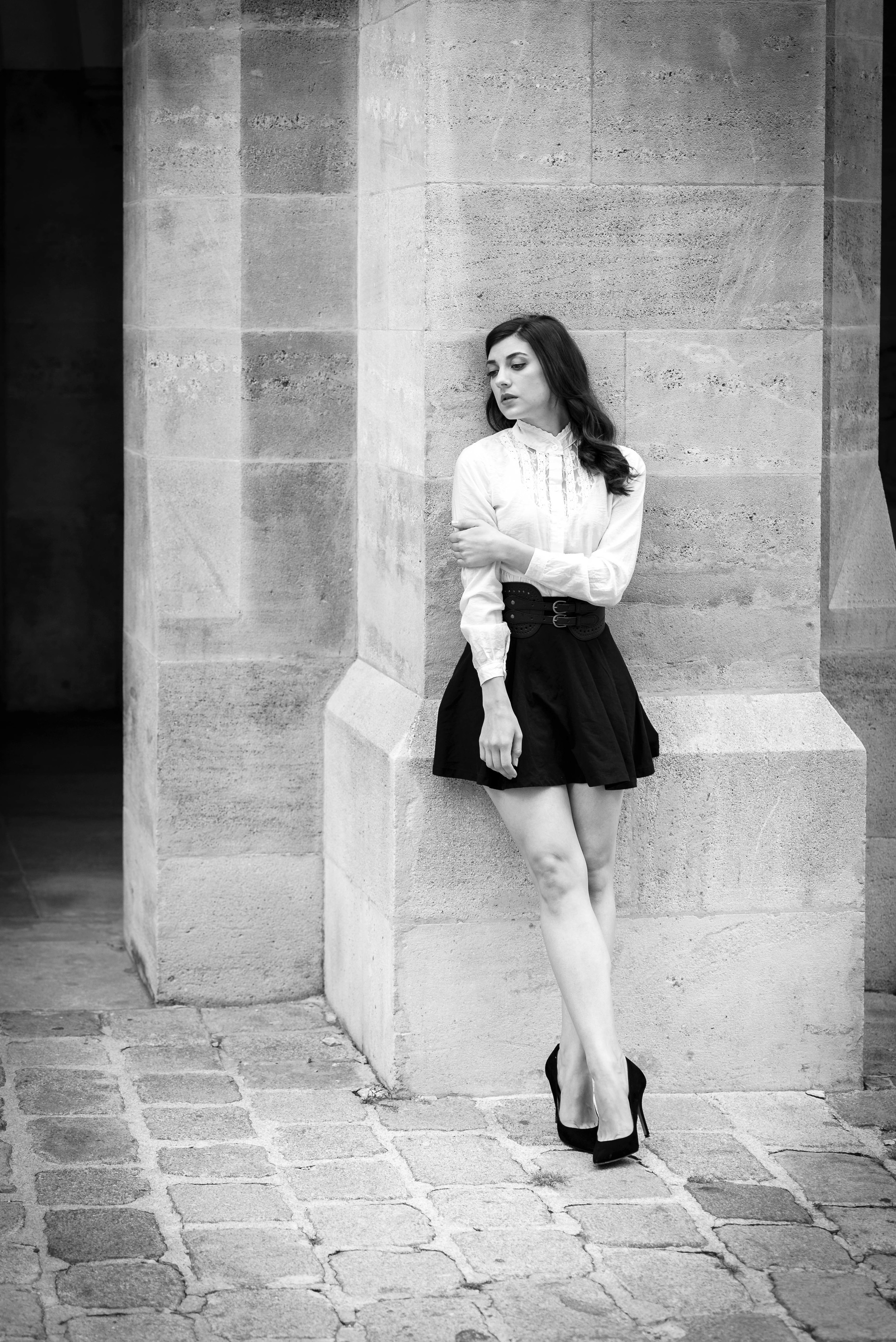
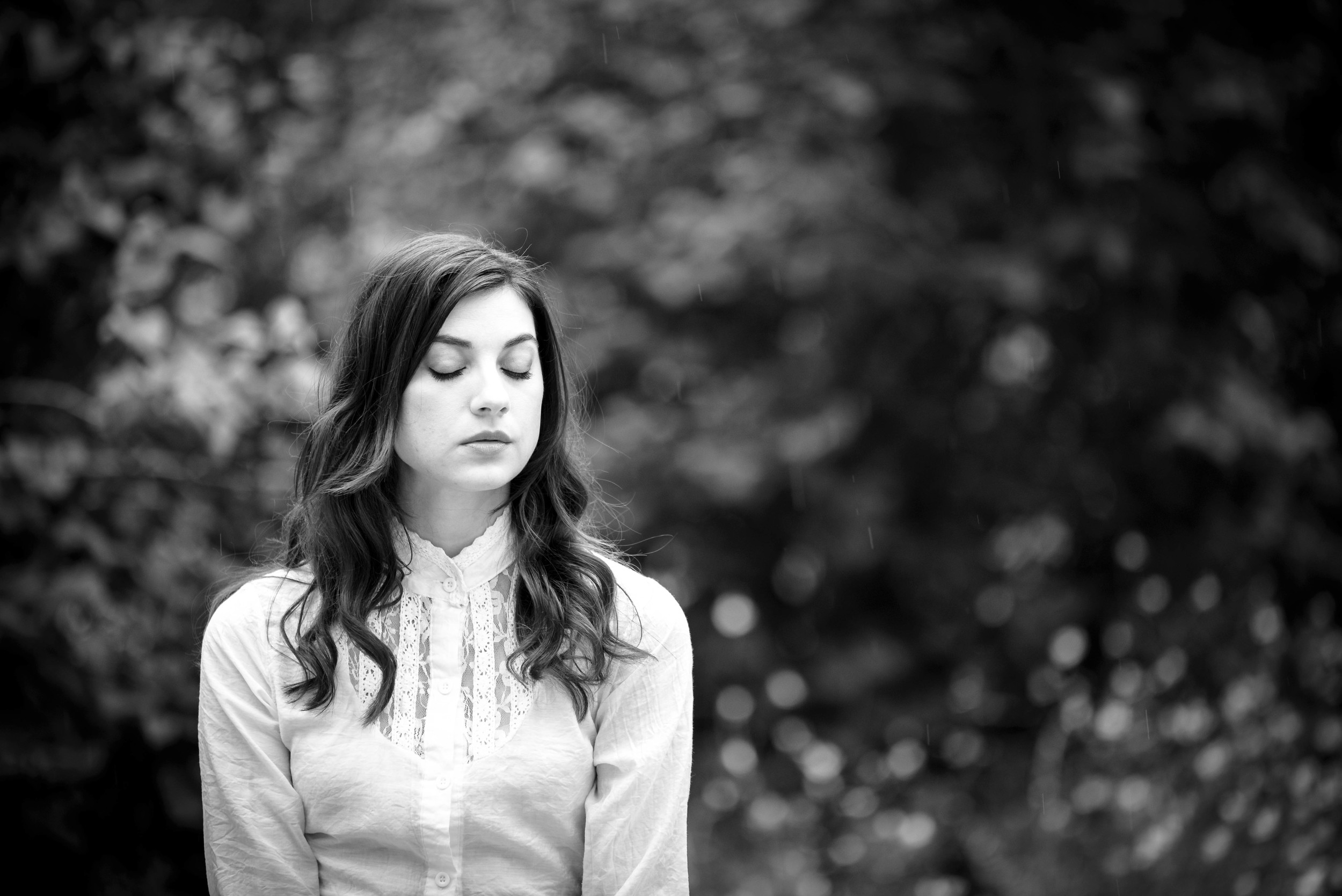

Around Albertina and Burgarten - Vienna
Here are pictures I have taken around Albertina and Burggarten in Vienna.
Kaisergruft - Imperial Crypt / Kapuzinerkirche / Vienna - Austria
A famous tourist sight in Vienna is the Imperial Crypt. I know that the topic itself is not a light fare, but it is worth visiting - its a part of Austrian history.
A famous tourist sight in Vienna is the Imperial Crypt. I know that the topic itself is not a light fare, but it is worth visiting - its a part of Austrian history. The Imperial Crypt is a burial chamber beneath the Capuchin Church for members of the House of Habsburg. The last Habsburg buried in the crypt was Otto von Habsburg in 2011.
Eine bekannte Wiener Touristenattraktion ist die Kaisergruft. Ich weiss das Thema ist keine leichte Kost, aber als Teil der österreichischen Geschichte einen Besuch wert. Die unter der Kapuzinerkirche befindliche Kaisergruft ist die letzte Ruhestätte für Mitglider der Habsburger Familie. Otto von Habsburg war der bisher letzte Habsburger der im Jahr 2011 in der Gruft bestattet wurde.
"Hoch Zwei" - A Modern Piece of Vienna's Architecture
On a foggy Sunday I was driving around Vienna searching for an object on which I could practice some shooting.
On a foggy Sunday I was driving around Vienna searching for an object on which I could practice some shooting. Because of the bad weather I was not very confident to find something adequate. But at the time when I wanted to stop my search I passed the OMV headquarter (OMV: Austrian oil and gas company) called "Hoch Zwei" (see http://www.viertel-zwei.at/index1.php?lang=1) which is located in the 2nd district near Prater and Exhibitions Messe Wien.I had noticed this building before, but this time I wanted to explore it in detail, therefore I parked my car, grabbed my camera and started shooting.
The 23 story building with 80 meters height and a "concavo-convex body with glass front and upward expanding curving outline" (architect slang) invited to test different points of view. As the pictures show, the different point of views are creating very interesting perspectives with converging and diverging lines, shapes and curves. Because of the cloudy almost white sky the building is silhouetted from the background and the focus is on the building with its structures and forms.
An einem nebligen Sonntag fuhr ich durch Wien, auf der Suche nach einem Objekt an dem ich mich fotografisch etwas austoben könnte. Aufgrund des schlechten Wetters war meine Hoffnung nicht sehr groß etwas entsprechendes zu finden. Doch als ich die Suche schon fast abbrechen wollte fuhr ich am ÖMV-Gebäude vorbei. Das Gebäude, auch "Hoch Zwei" (siehe http://www.viertel-zwei.at/index1.php?lang=1) genannt, befindet sich im 2. Bezirk nahe dem Wiener Prater und der Messe Wien. Zwar habe ich dieses Gebäude beim Vorbeifahren schon öfters wahrgenommen, aber diesmal wollte ich mir das Teil mal genauer ansehen-also Parkplatz gesucht, die Kamera gegriffen und los gings.
Das Gebäude mit 80 Metern Höhe und 23 Geschossen und seiner "konkav konvexen Gebäudeskulptur mit Glasfassade und nach sich oben aufweitenden, geschwungene Grundrissfigur" (Architektensprache) lädt zum Ausprobieren verschiedenster Blickwinkel ein. Wie die Fotos zeigen entstehen dadurch sehr interessante Perspektivern mit zusammen- und auseinanderlaufenden Linien, Flächen und Kurven. Durch den bewölkten nahezu weißen Himmel hebt sich das Hochhaus sehr gut vom Hintergrund ab und der Fokus bleibt auf dem Gebäude mit seinen Strukturen und Formen.
Walking in the Dark - Night Photography
I admit that I have not very often tried to take pictures in the dark, so the last weeks I was giving me the task to go out when there is no natural light left.
I admit that I have not very often tried to take pictures in the dark, so the last weeks I was giving me the task to go out when there is no natural light left. To make it a little bit more challenging I am not using a tripod (and also I sometimes am a llitle bit lazy to carry a tripod). In an environment where you have no natural light you have to search for areas with artificial light to use these as your light source, in those illuminated areas the action should take place.
I live in Vienna, so is not very difficult to find areas with artificial light, such as normal street lighting but also bright lit buildings and sights. Those "island of light" combined with spot metering allow the creation of high contrast pictures. In low light situations it is hard to get sharp pictures, especially handheld. Fast lenses and high ISO kan help, but the limit for usable pictures is quickly reached (motion blur and noise). In many situations motion blur is not unwanted and can help to tell the story, this depends on what is intended to express with the picture.
Zugegebenermaßen habe ich noch nicht sehr oft versucht Fotos speziell in der Nacht zu machen, daher habe ich mir in den letzten Wochen die Aufgabe gestellt im Dunkeln zu fotografieren. Um die Sache etwas herausfordernder zu machen habe ich kein Stativ verwendet (auch weil ich manchmal etwas faul bin ein Stativ herumzuschleppen). In einer Umgebung in der kein natürliches Licht vorhanden ist, muss man nach Bereichen suchen wo künstliches Licht verfügbar ist.
Ich lebe in Wien und so ist es nicht sonderlich schwierig Plätze mit künstlichem Licht, wie Straßenbeleuchtung oder hell beleuchtete Gebäude oder Sehenswürdigkeiten zu finden. Diese "Lichtinseln" in Verbindung mit der Spotmessung können zu kontrastreichen Bildern verhelfen. In diesen low-light Situationen, speziell aus der Hand fotografiert, ist es schwierig verwackelungsfreie Fotos zu erhalten. Lichtstarke Objektive und hohe ISO-Werte können helfen, aber das Limit für verwendbare Fotos ist schnell erreicht (Bewegungsunschärfe und Rauschen). In vielen Situationen ist Bewegungsunschärfe aber nicht unerwünscht, besonders wenn es hilft die Aussagekraft des Fotos zu unterstützen.
Vienna Central Cemetery - Wiener Zentralfreidhof
Vienna's Central Cemetery (Zentralfreidhof) is one of the worlds biggest cemeteries. The history of the cemetery goes back to the year 1869 when it was decided to build a new cemetery for the growing capital of the Austrian-Hungarian Empire.
Vienna's Central Cemetery (Zentralfreidhof) is one of the worlds biggest cemeteries. The history of the cemetery goes back to the year 1869 when it was decided to build a new cemetery for the growing capital of the Austrian-Hungarian Empire. The cemetery was located in the Simmering area on the outskirts of Vienna and opened in November 1874. More information you can find under http://en.wikipedia.org/wiki/Zentralfriedhof.
Many famous persons like Beethoven, Brahms, Schubert and many more found their final resting place on the Central Cemetery. The cemetery is manly catholic, but also hosts many other confessions.
The Central Cemetery is a very beautiful and peaceful place with artful old graves, monuments, buildings and many other things to be discovered. Especially in autumn the changing colours the weather are intensifying the devotional atmosphere.
So please enjoy my pictures of my walk through the Zentralfriedhof.






































